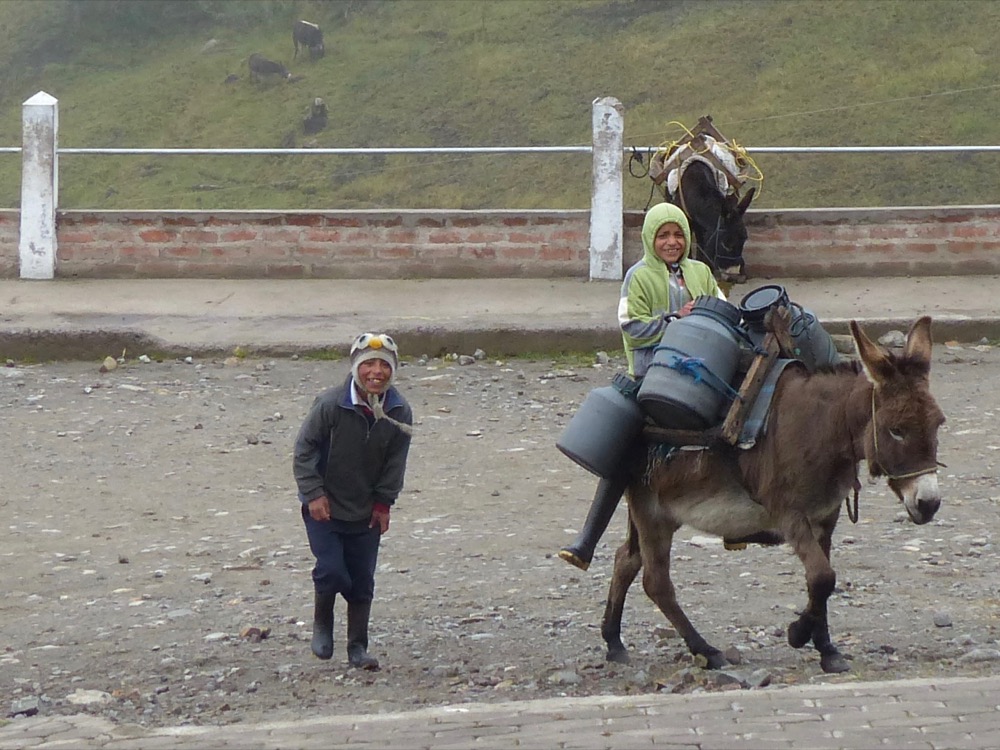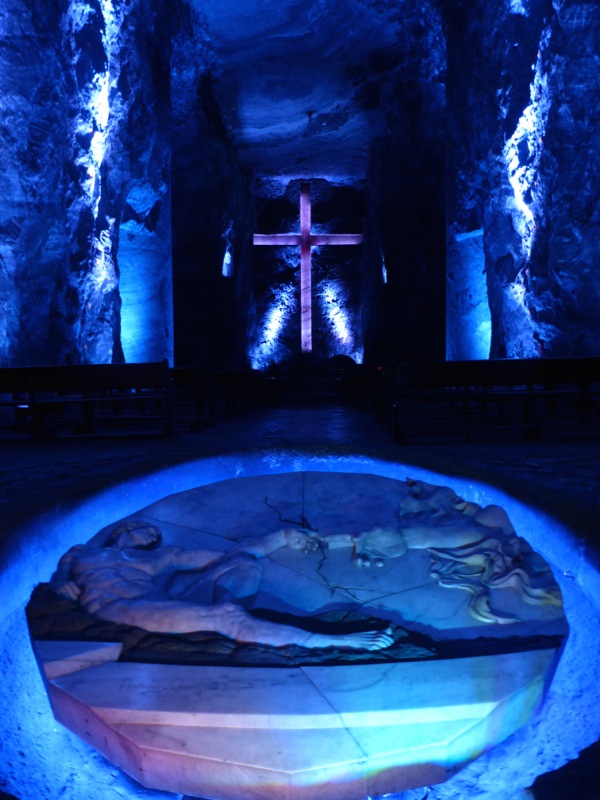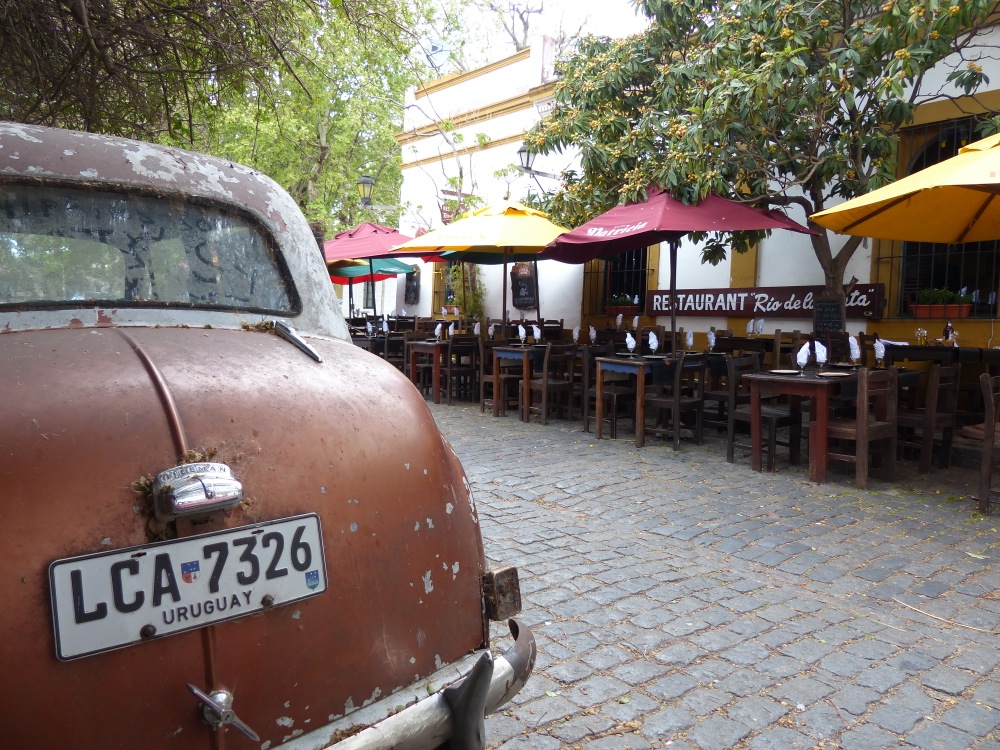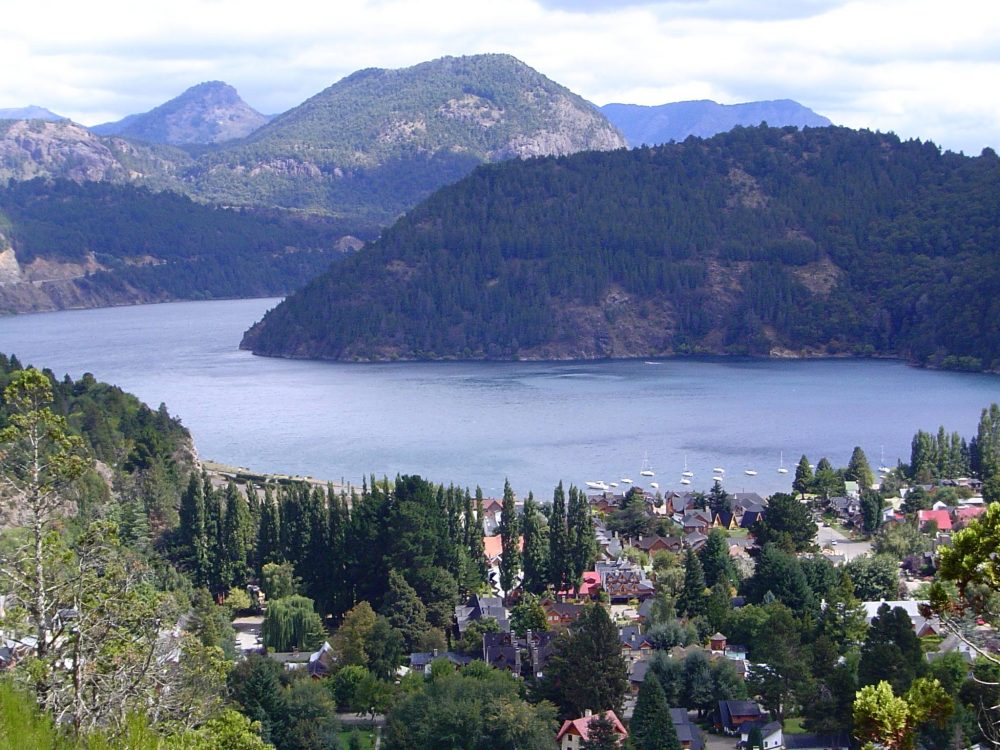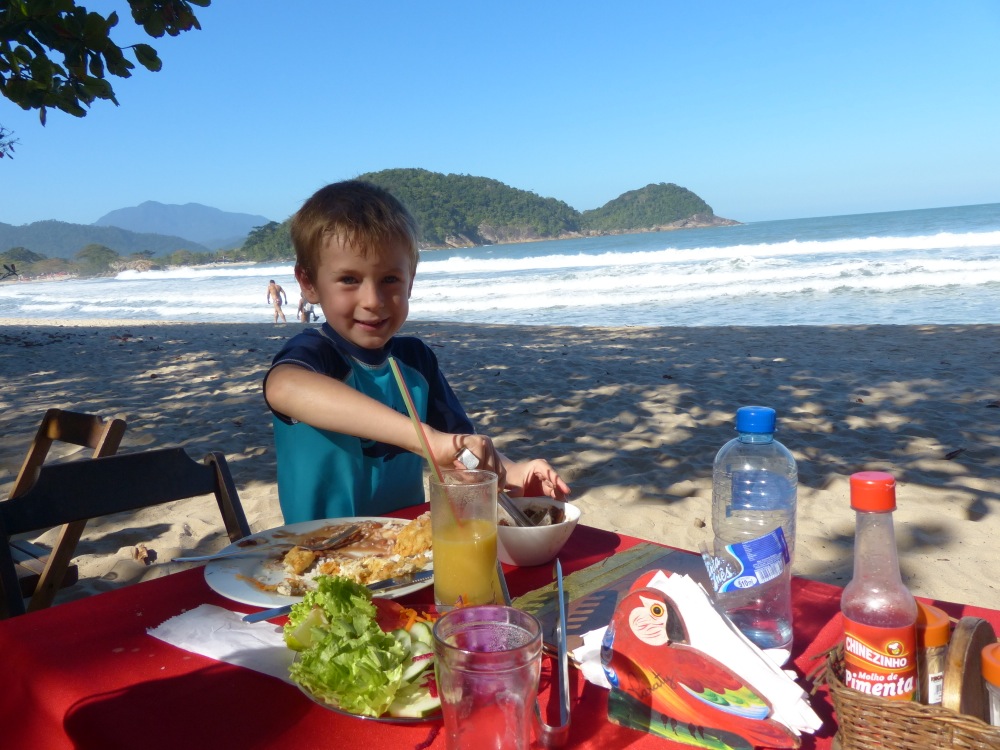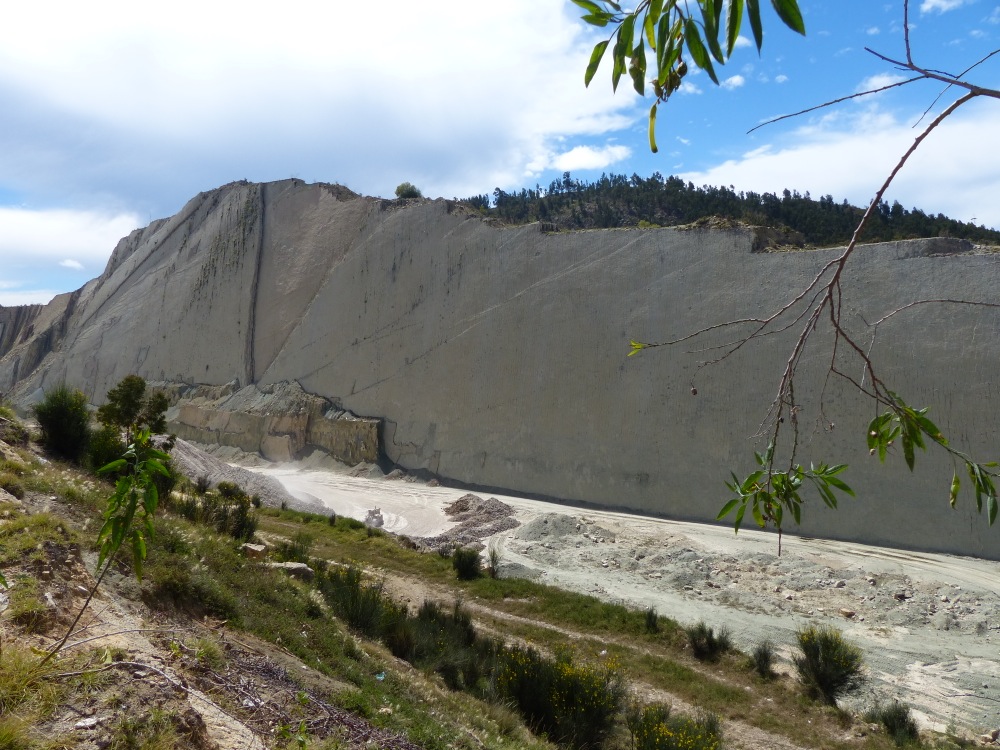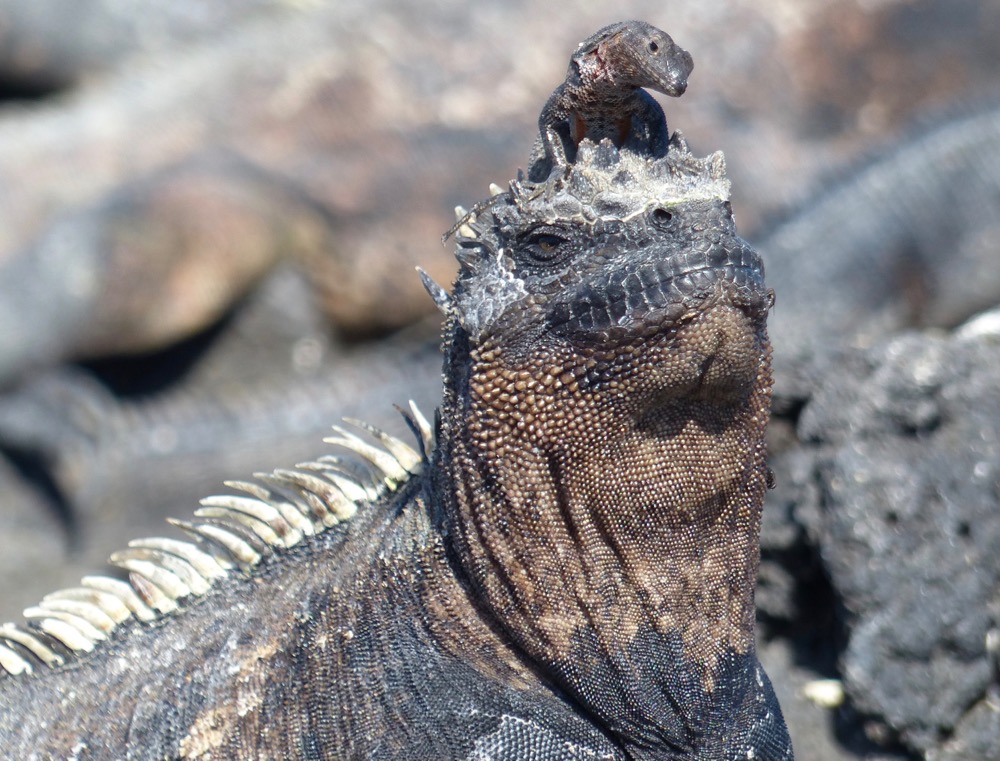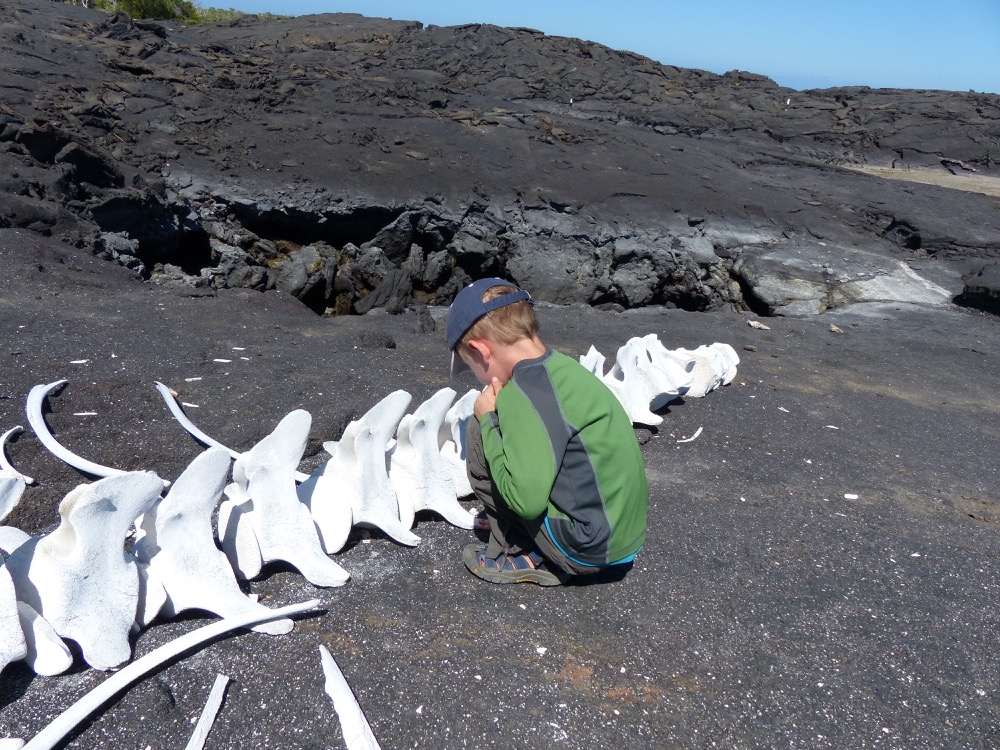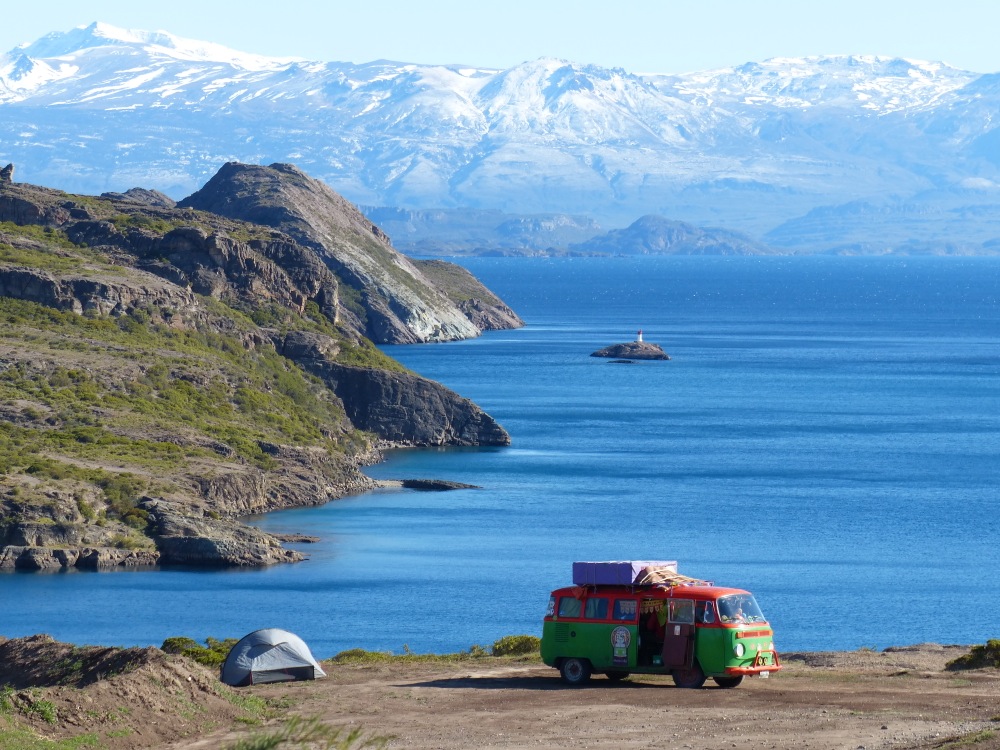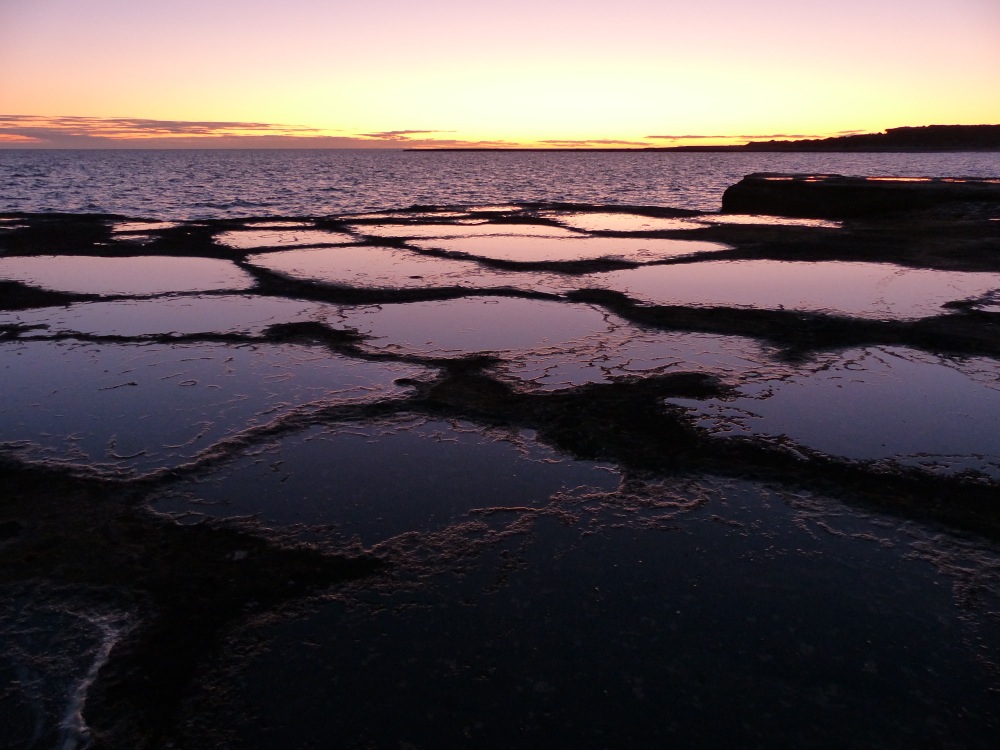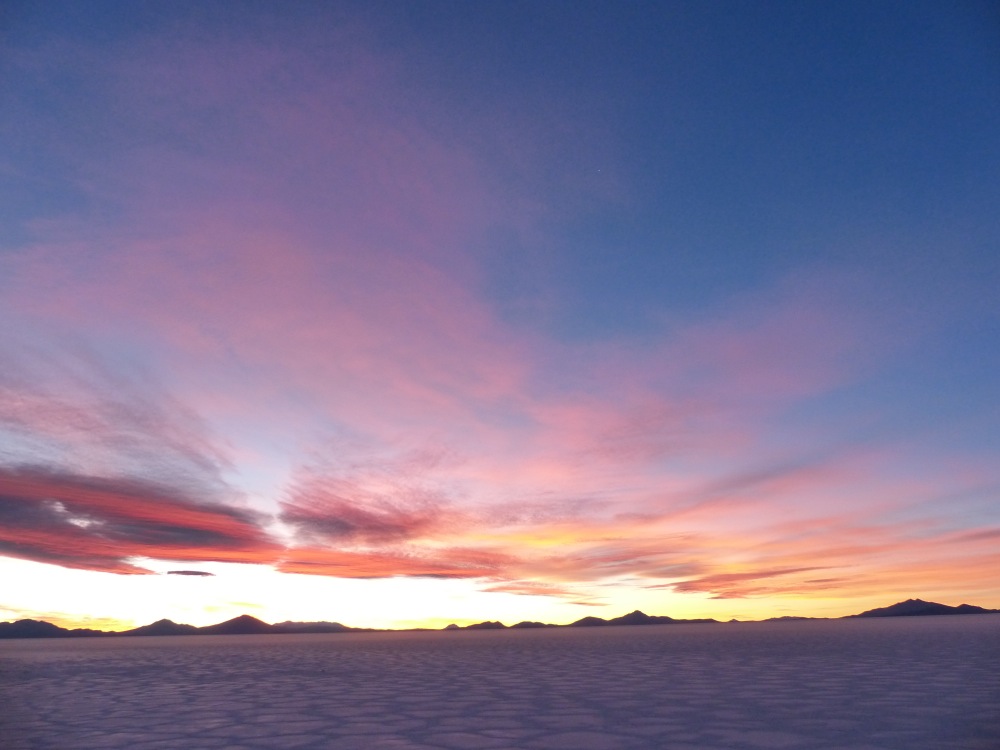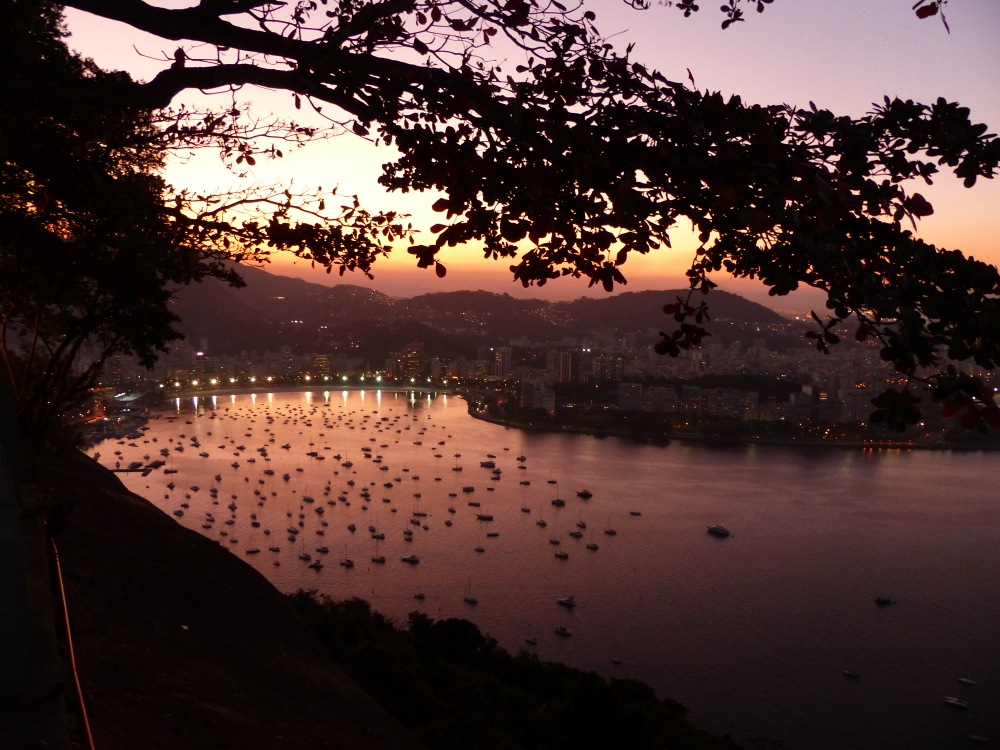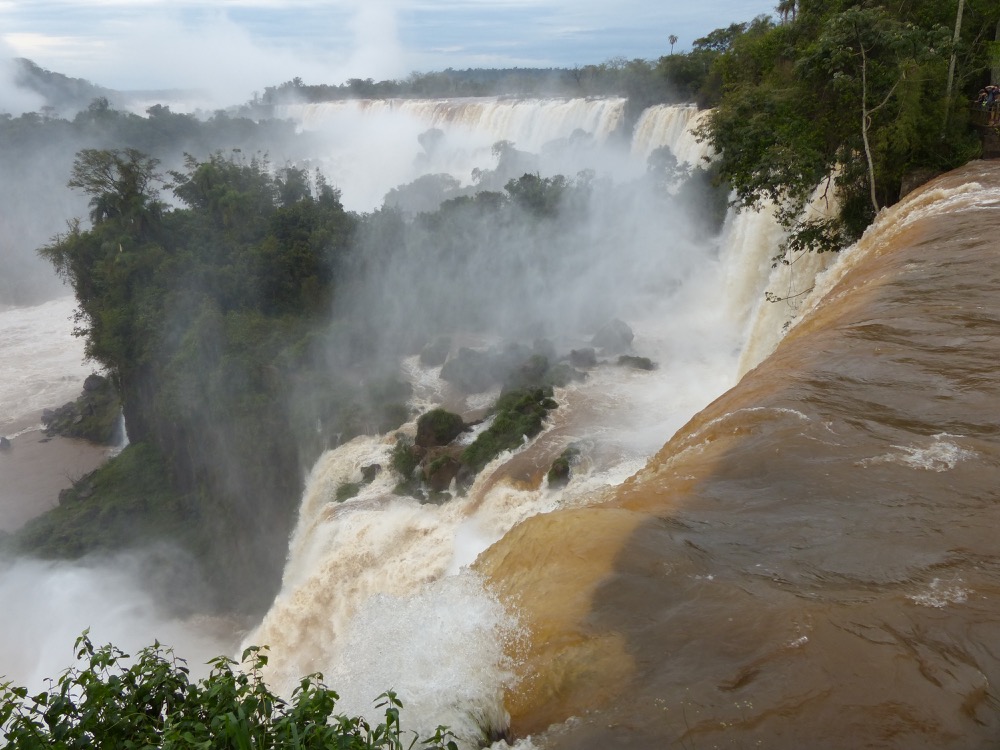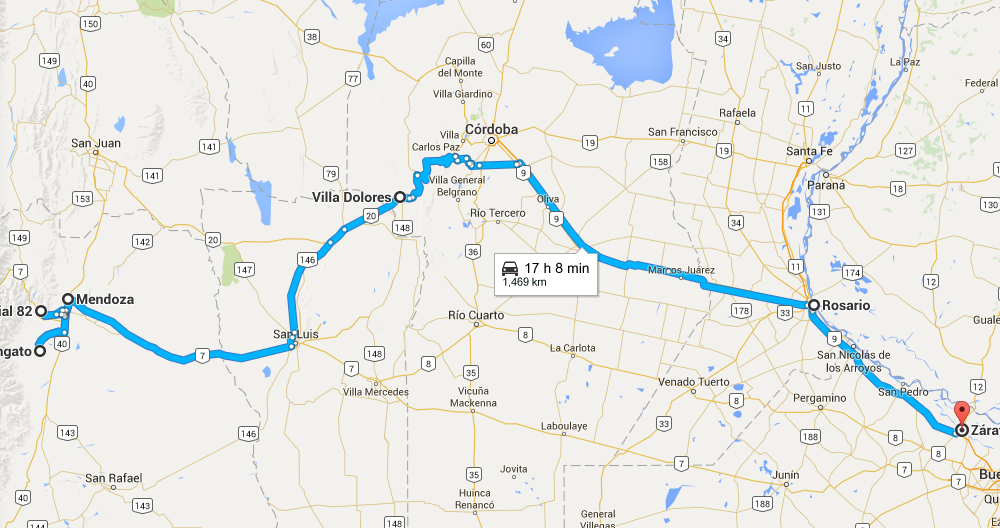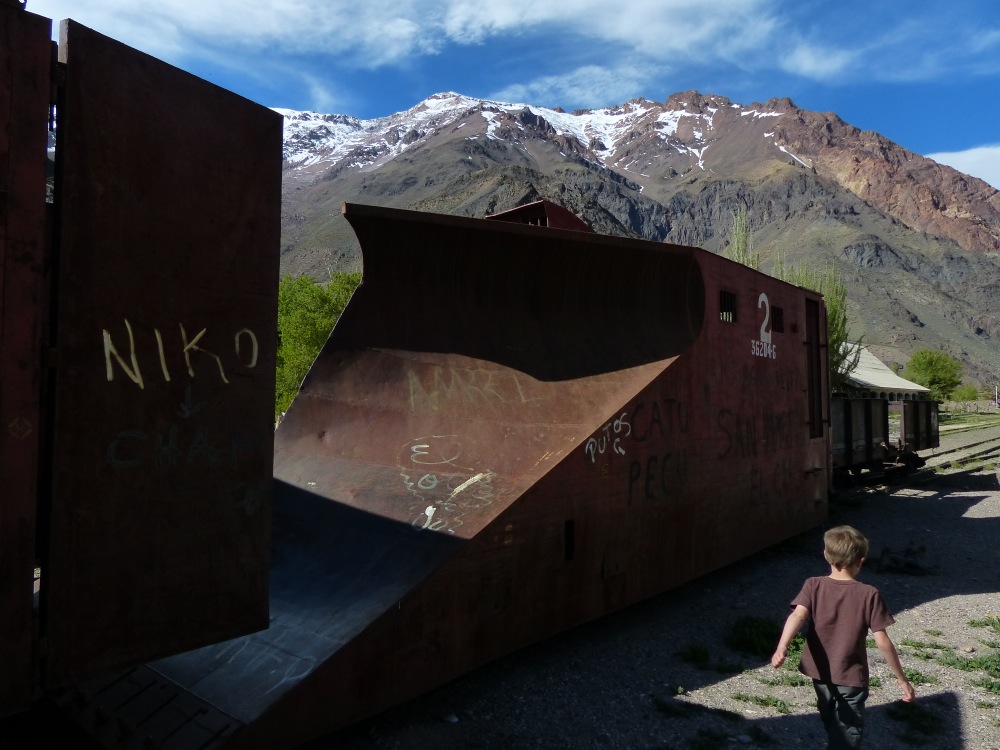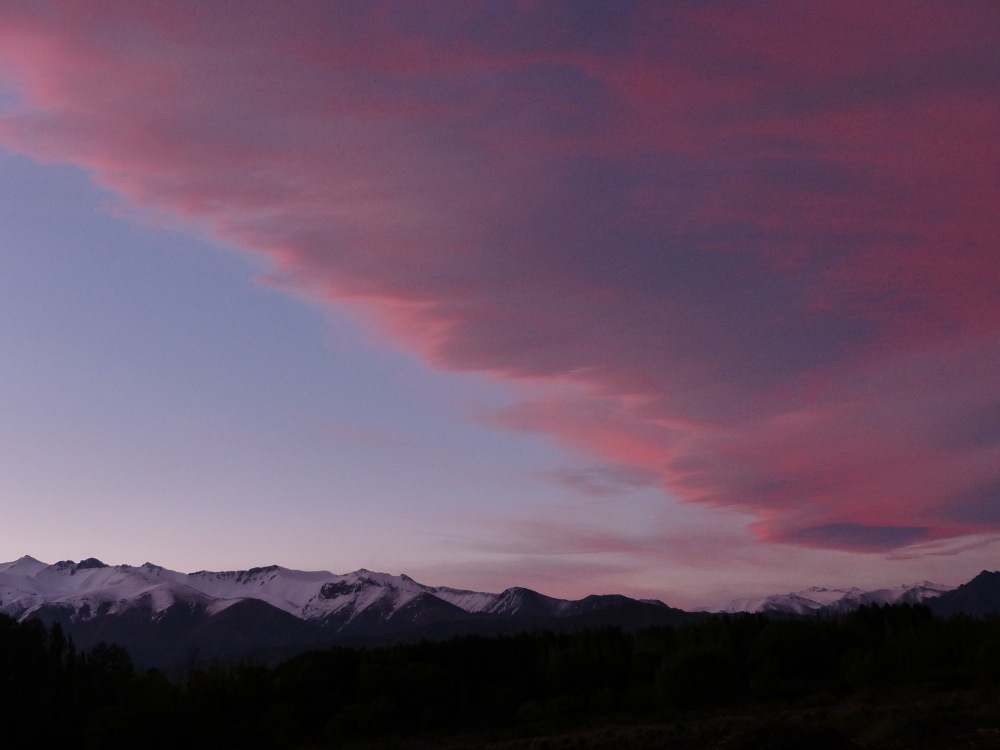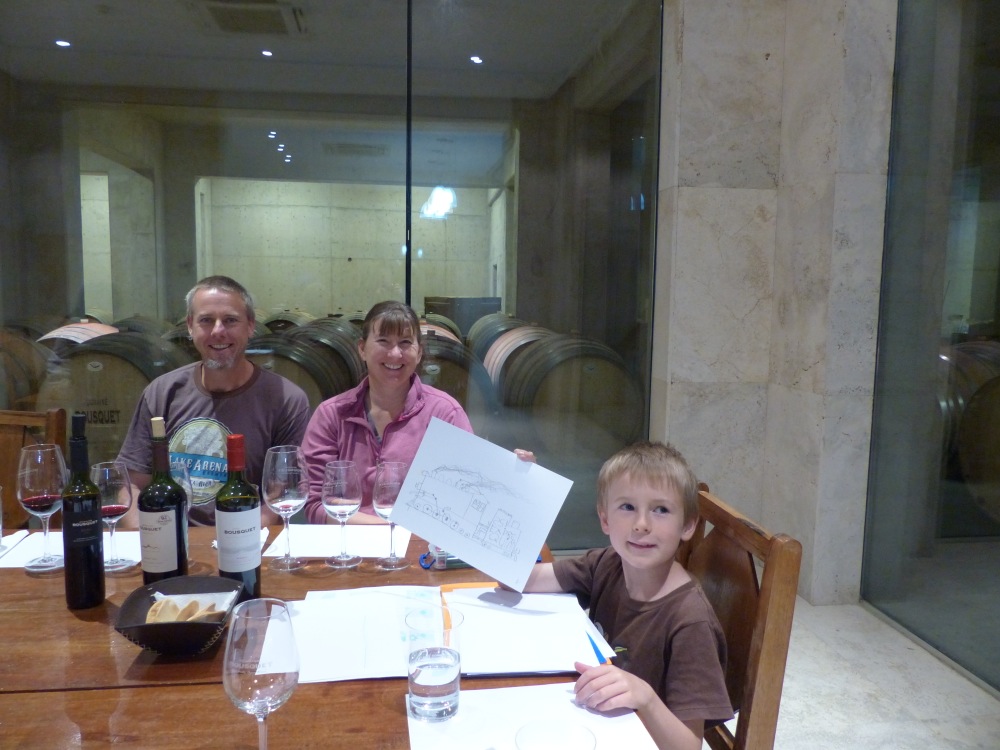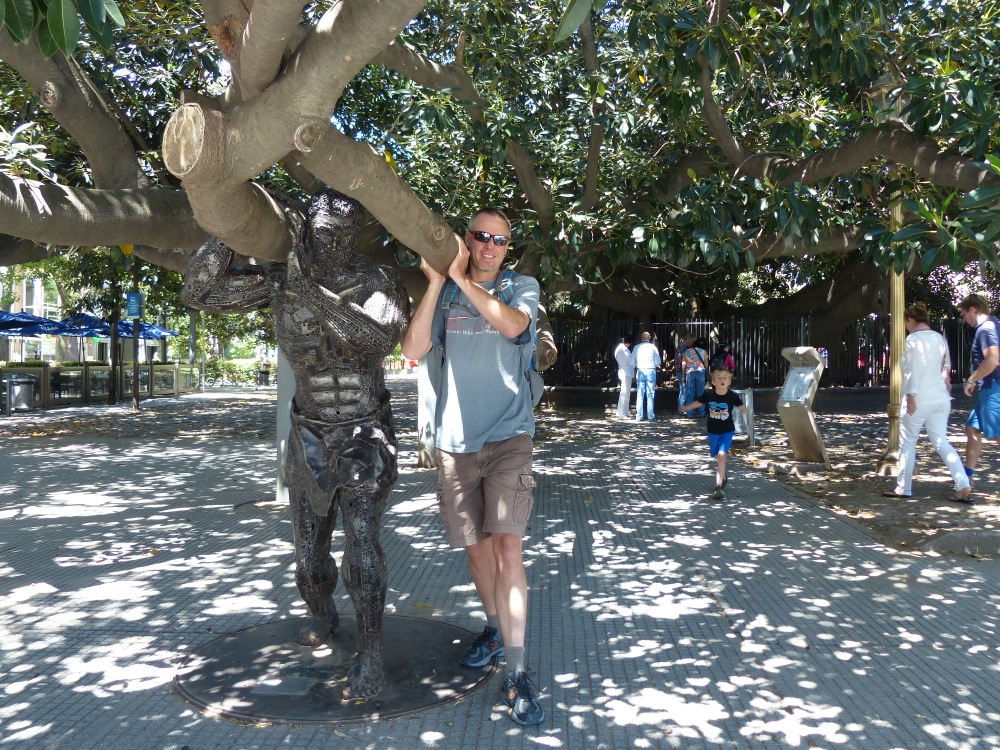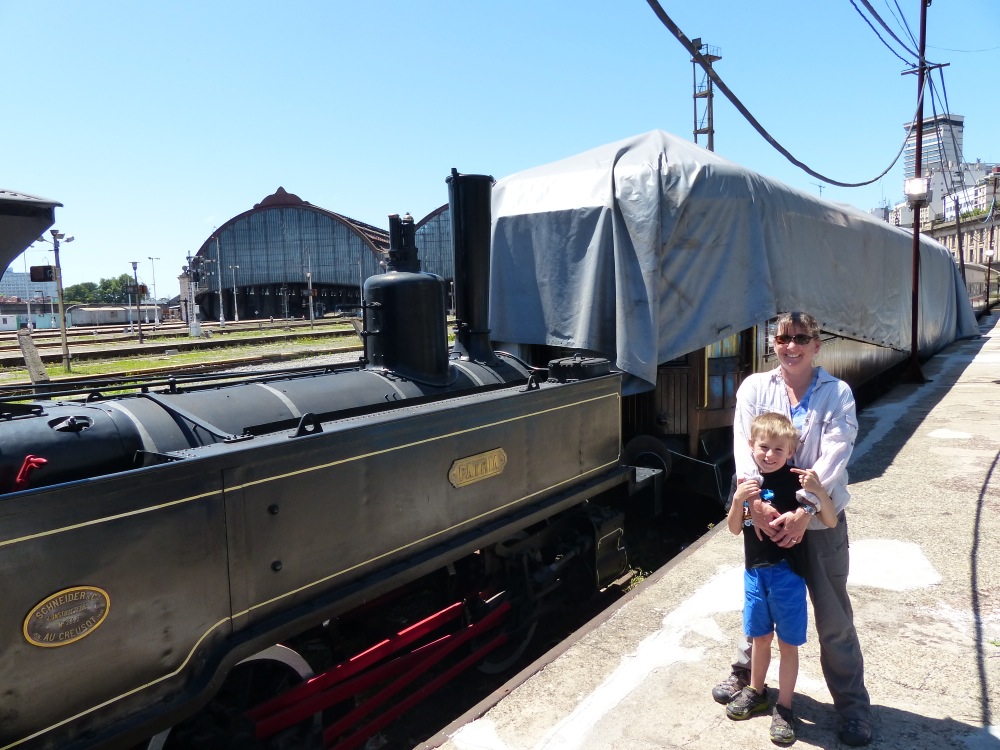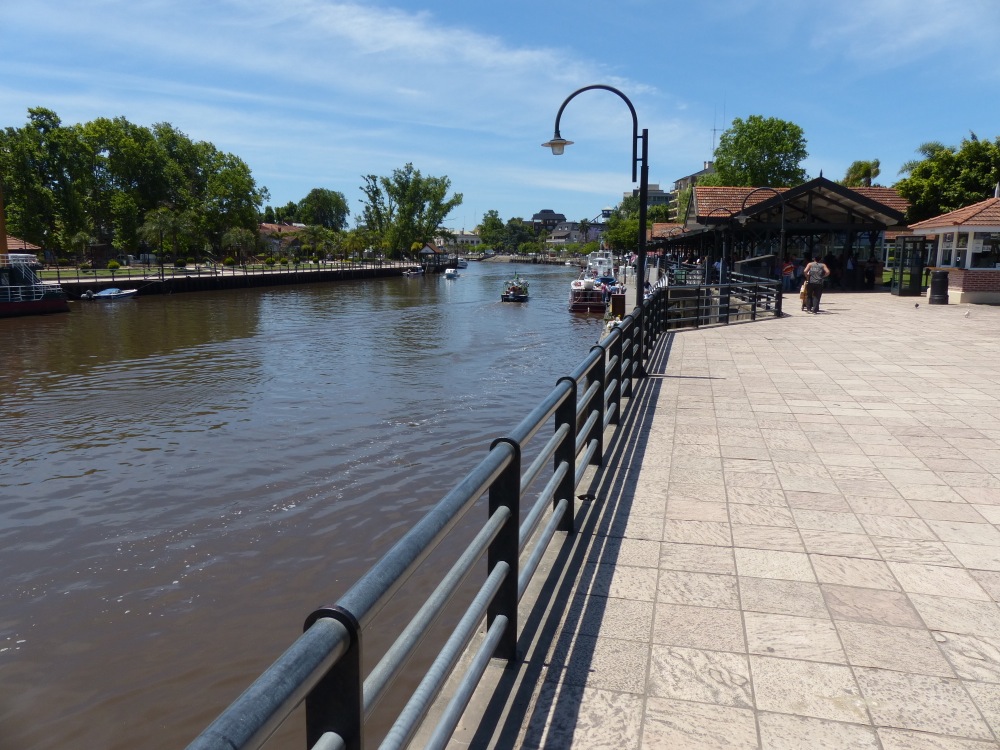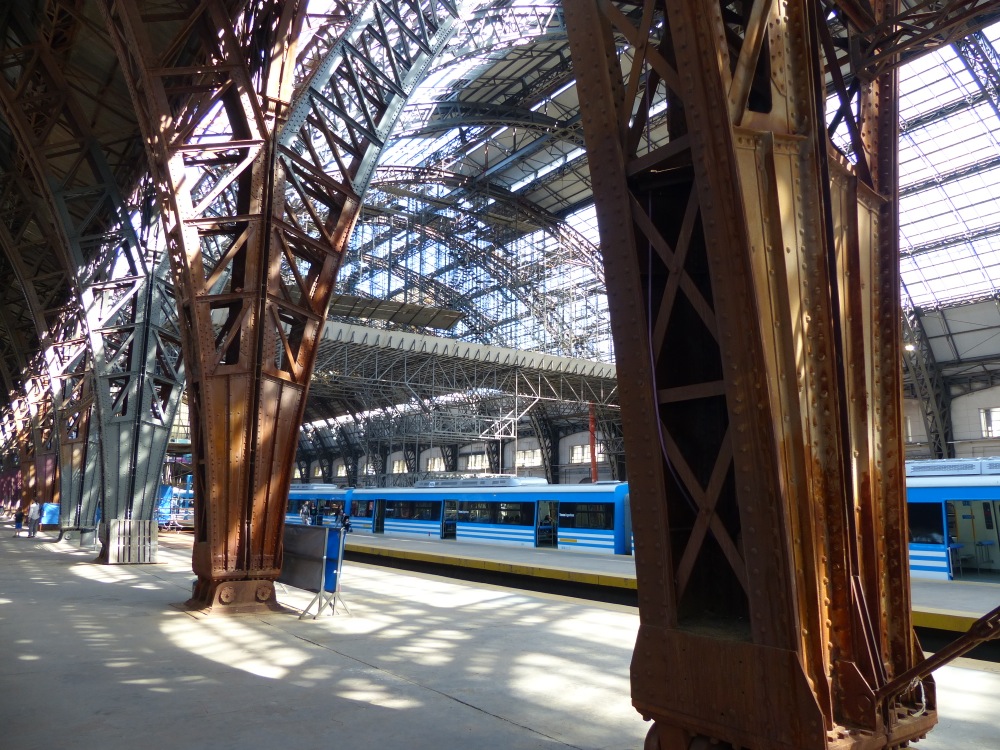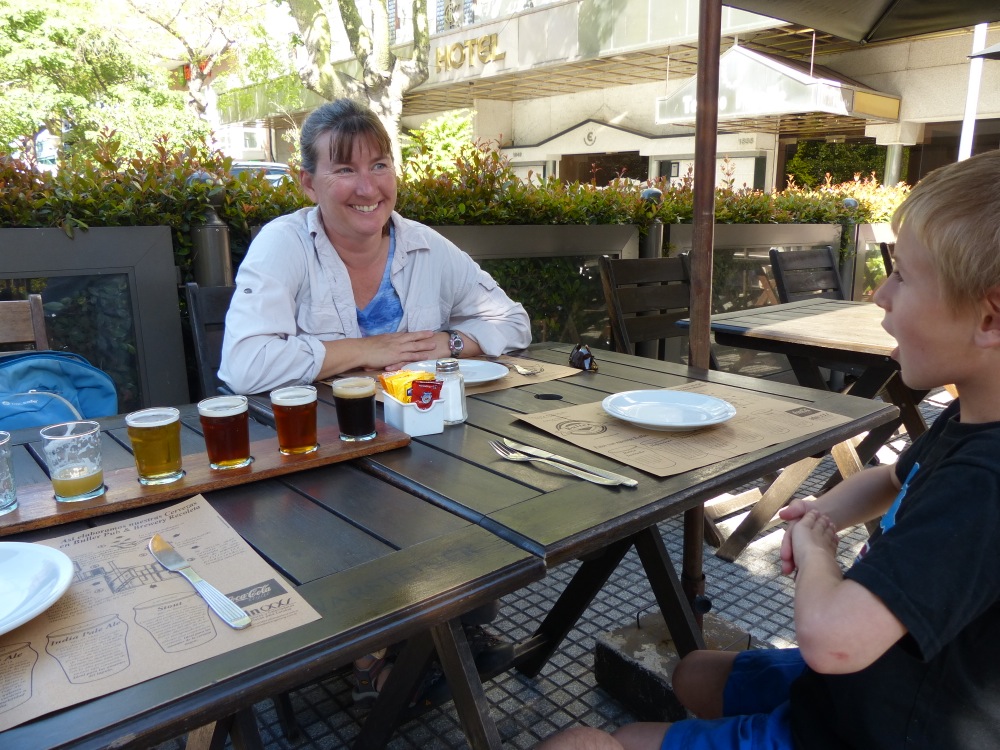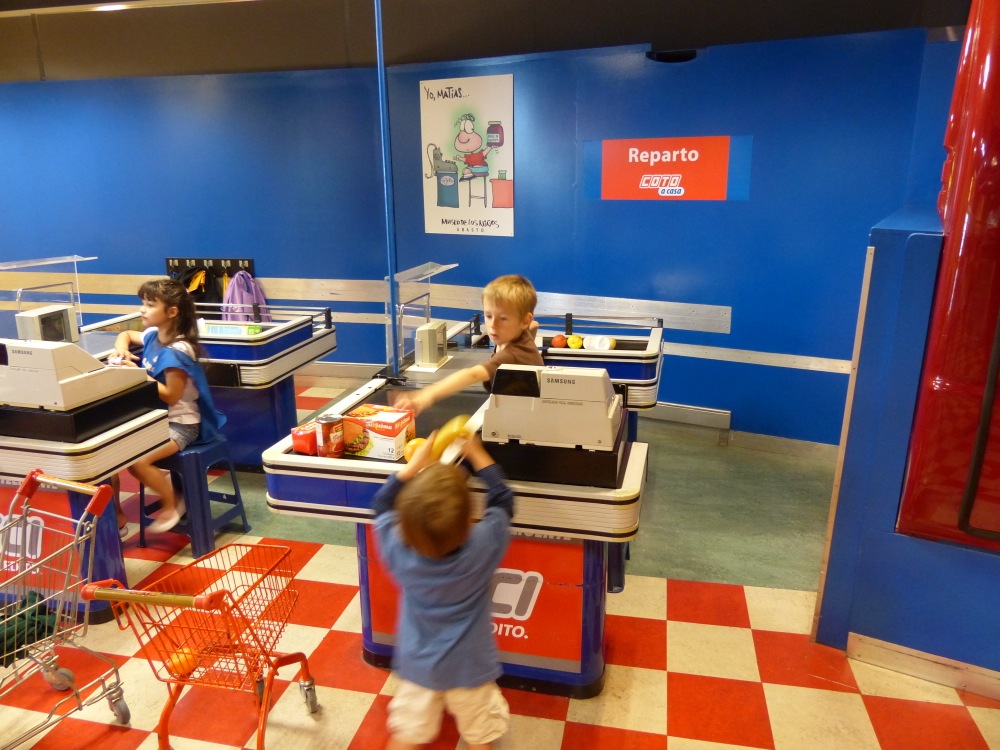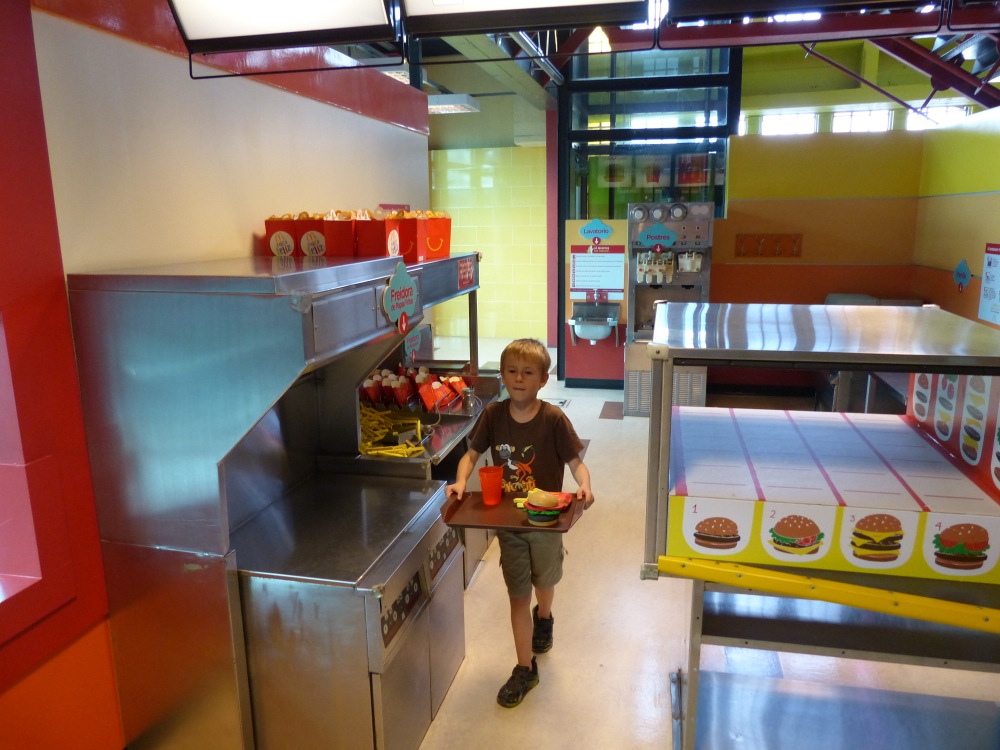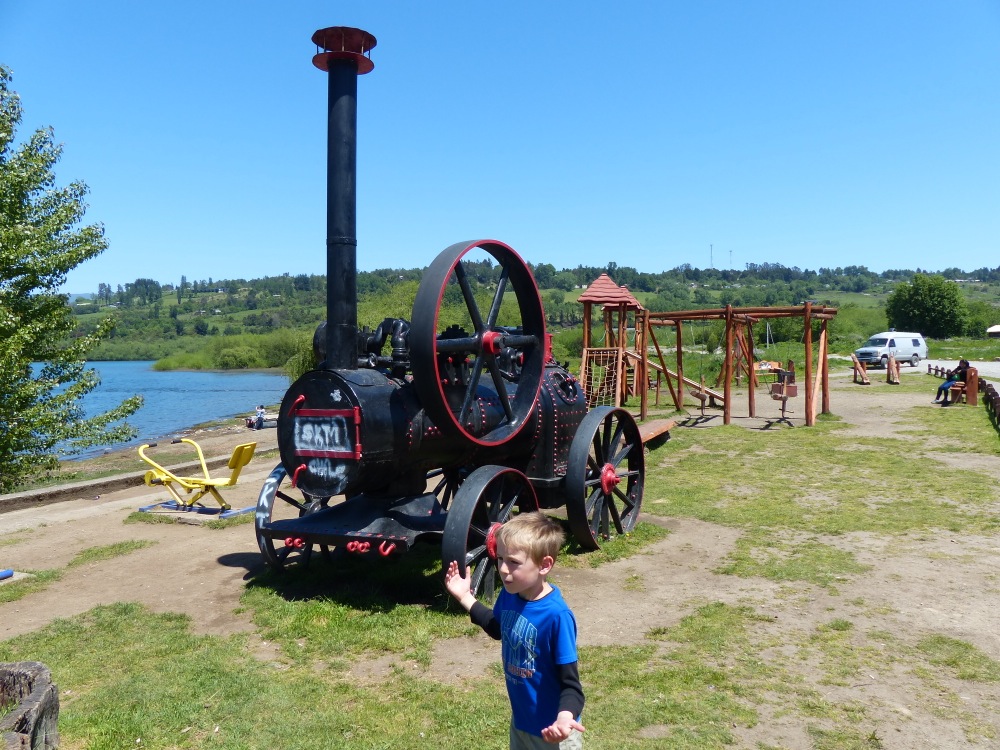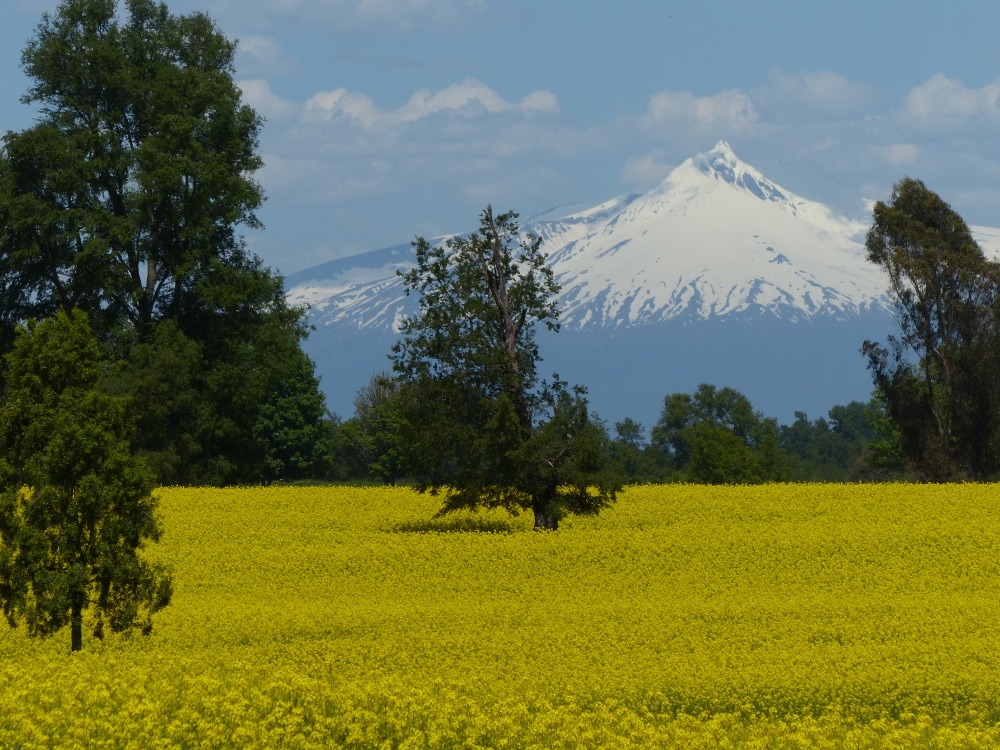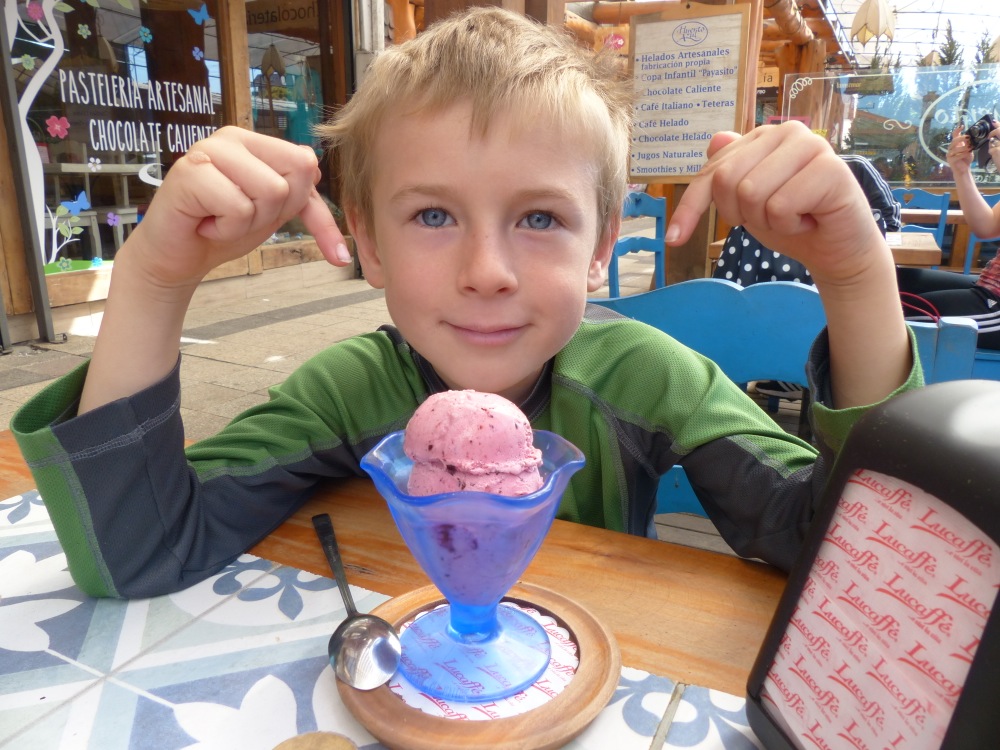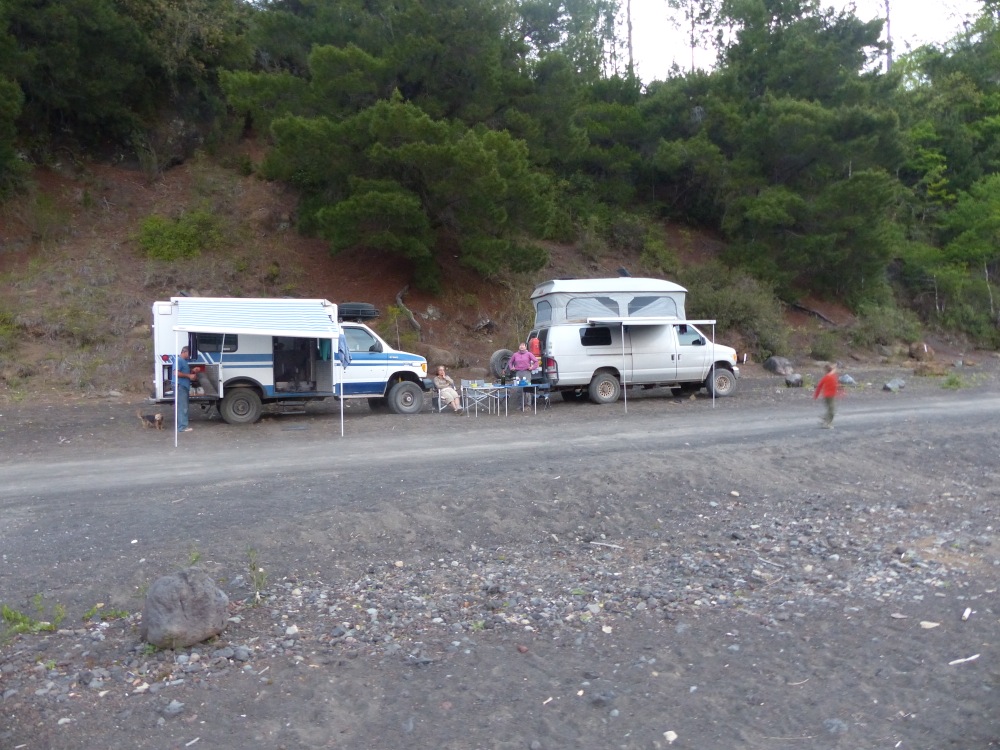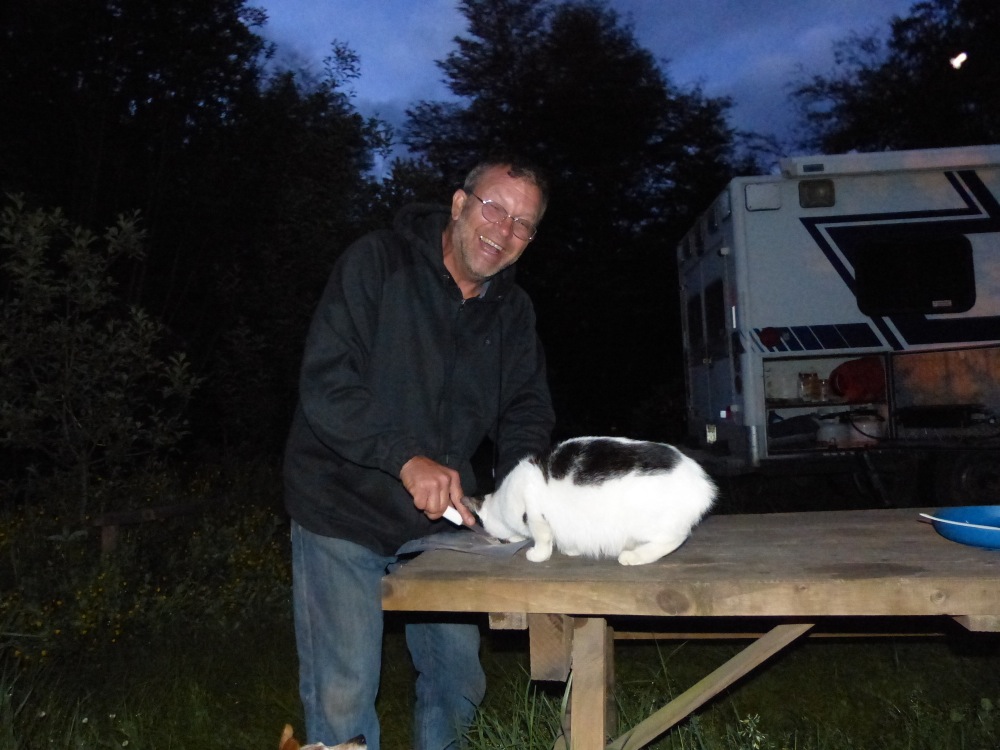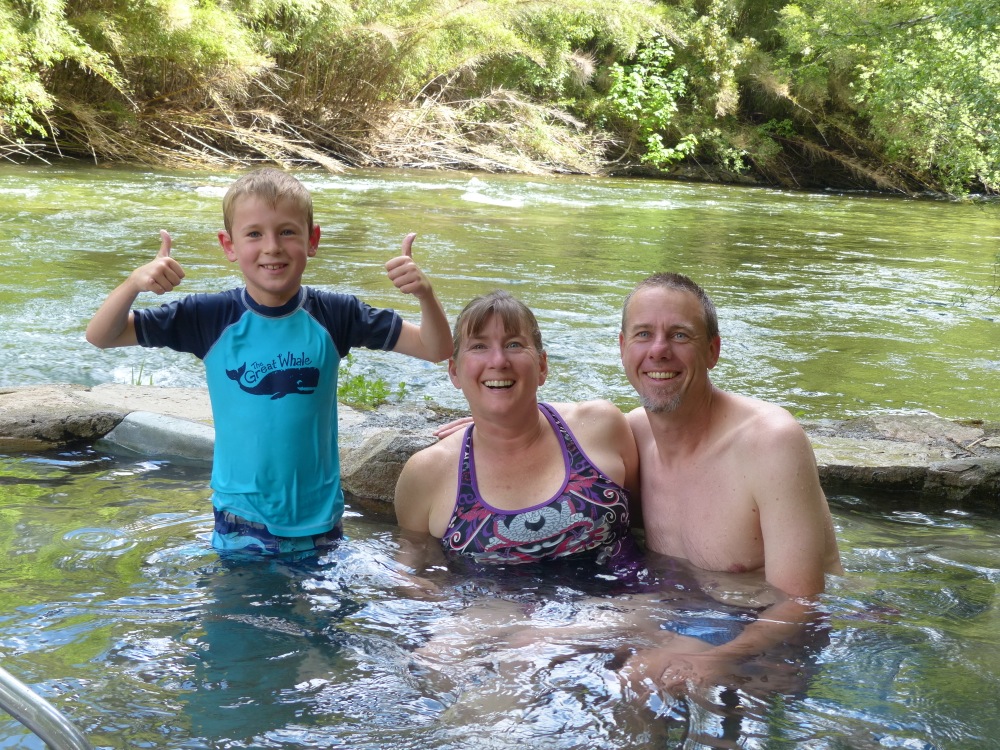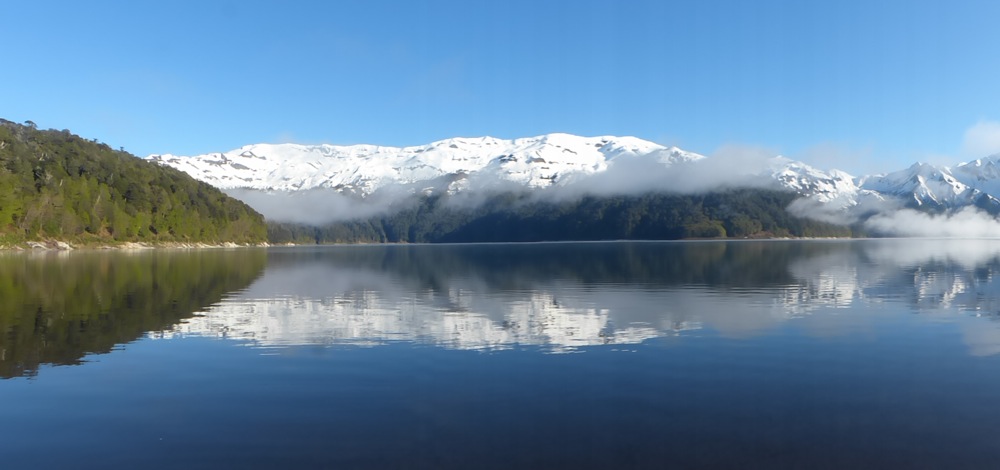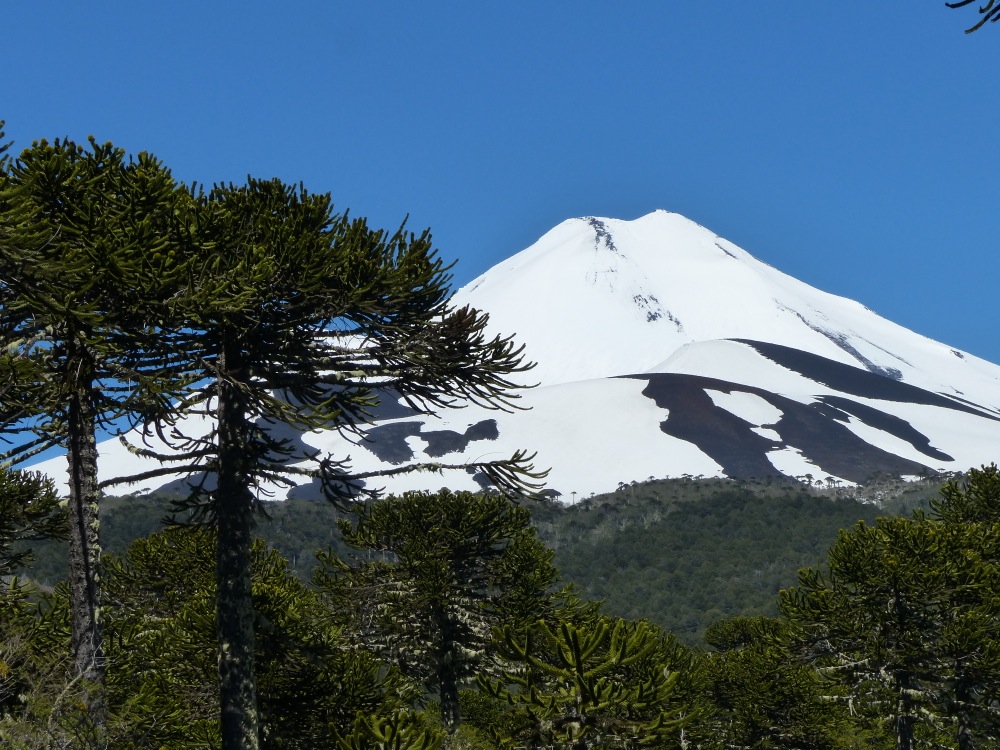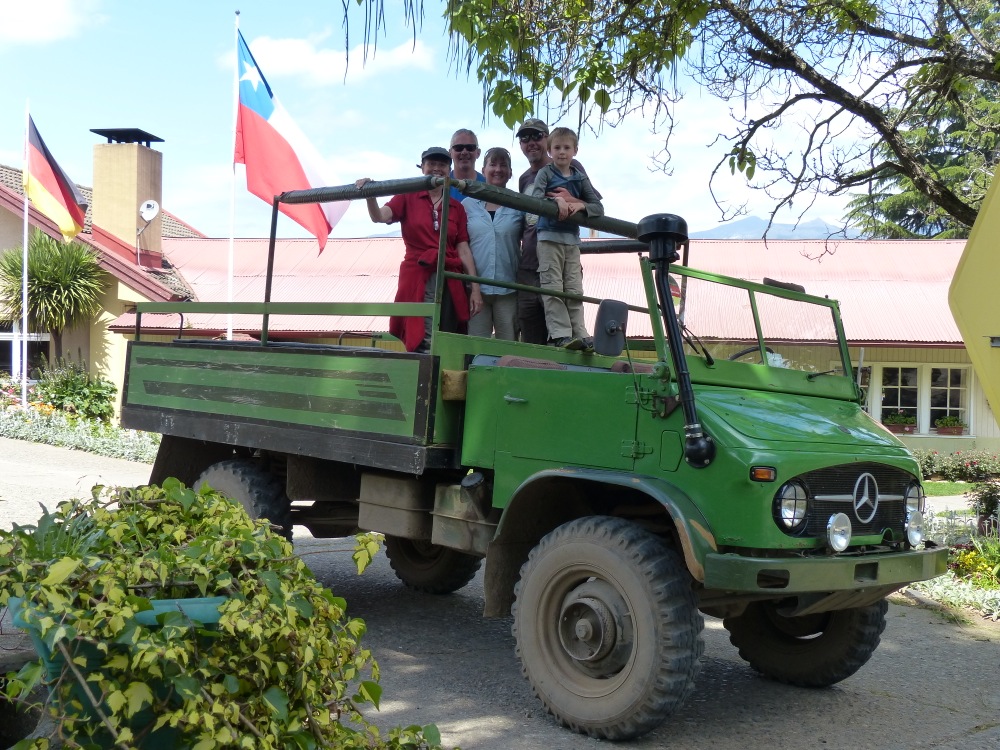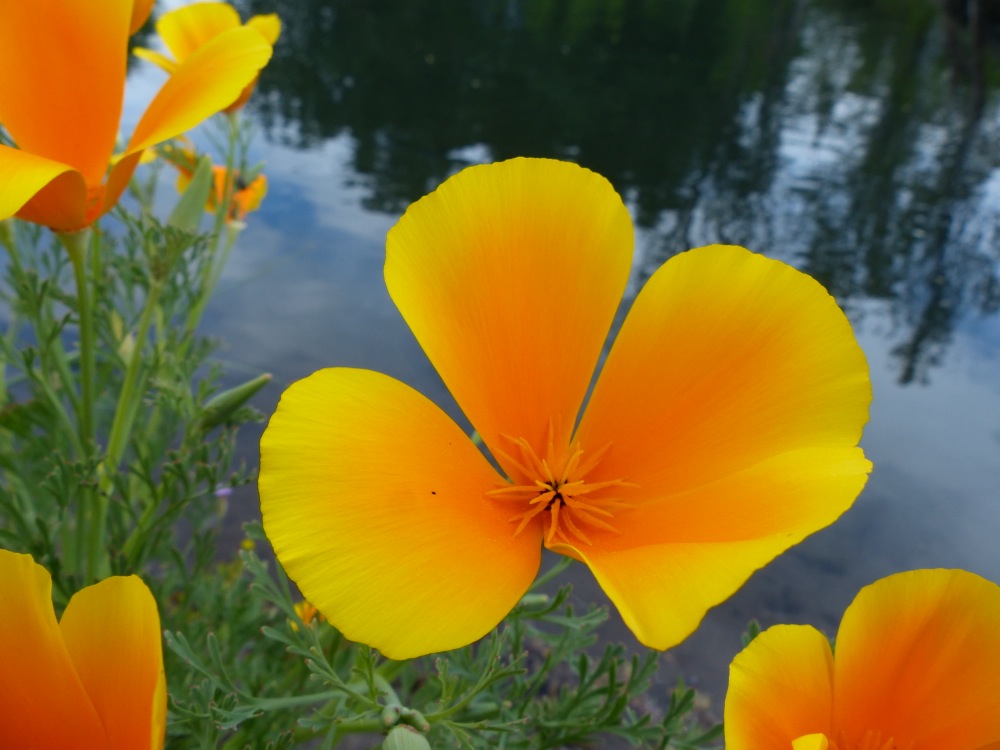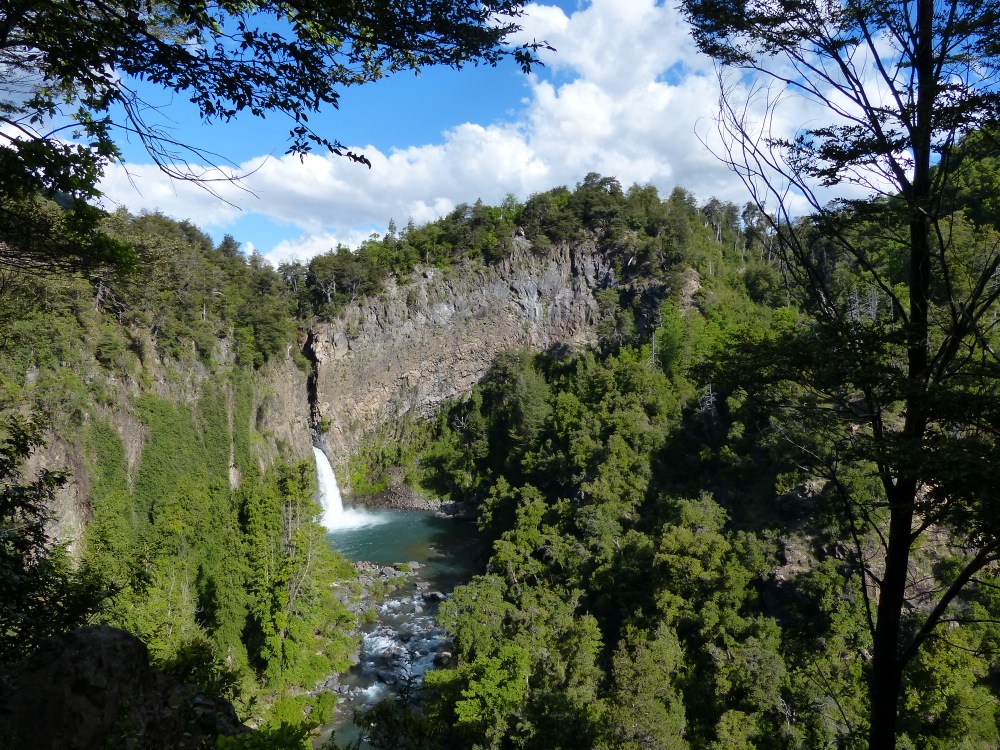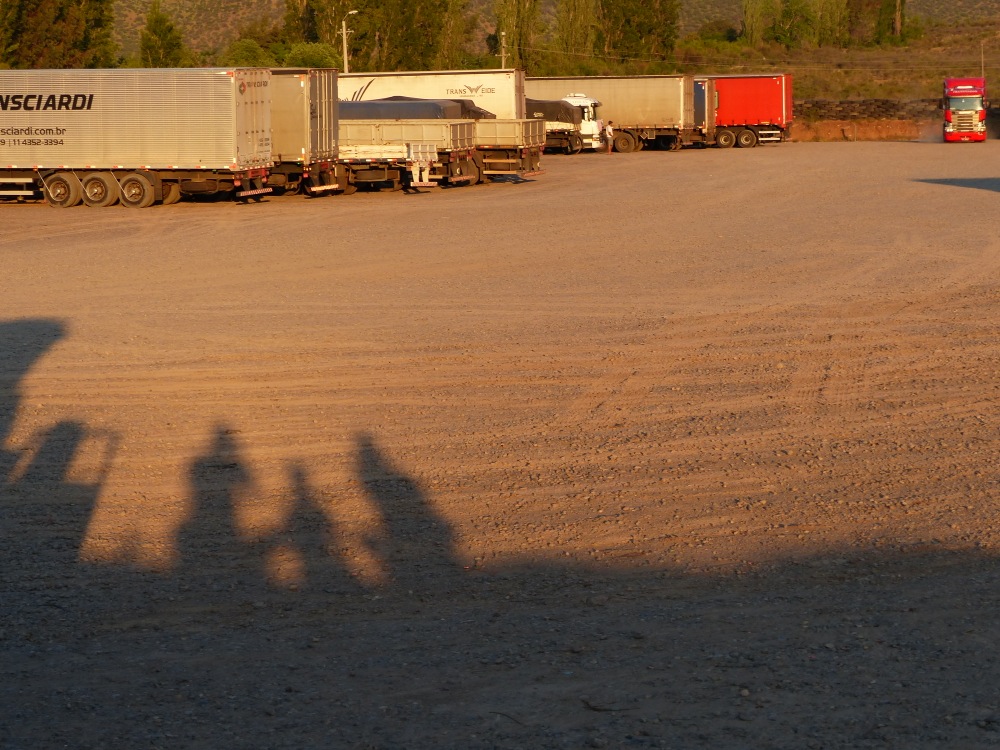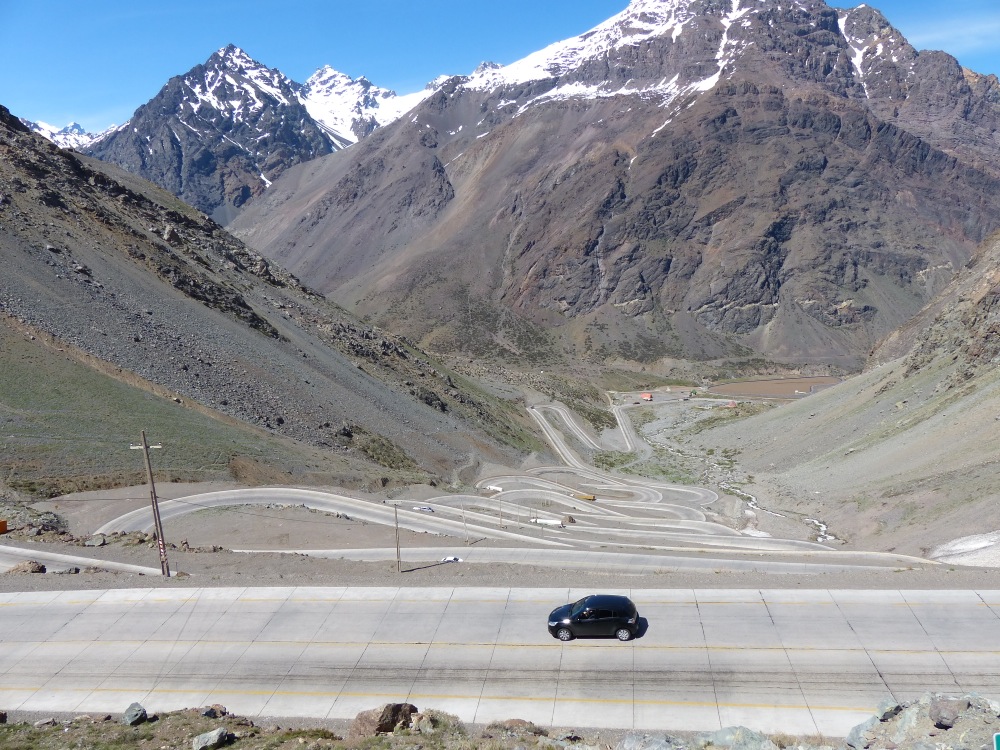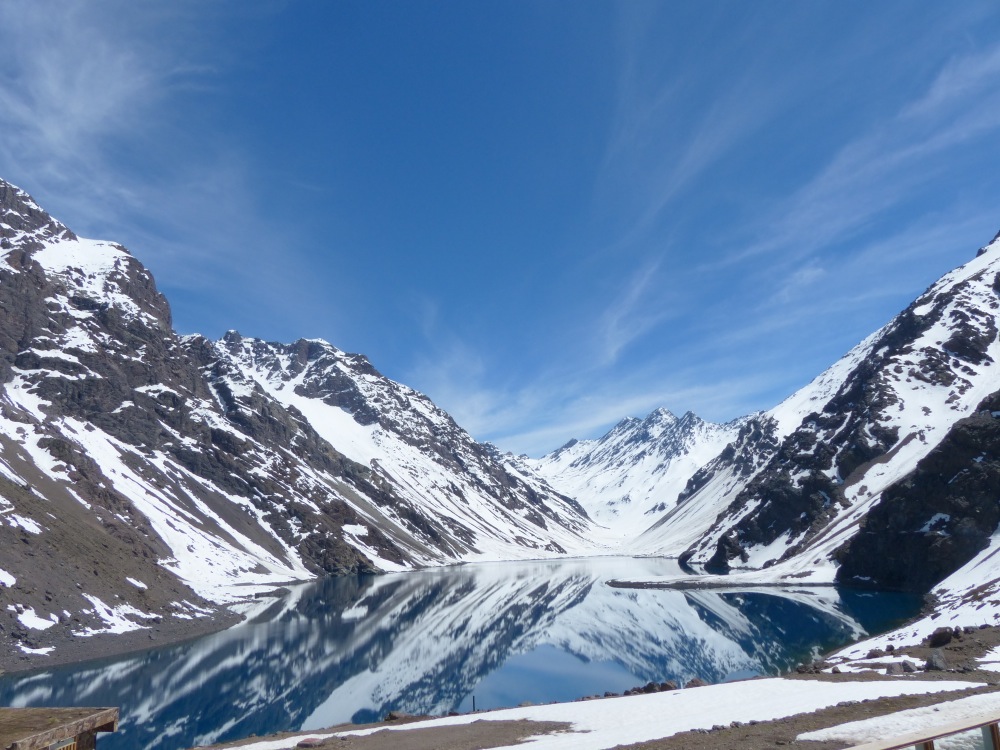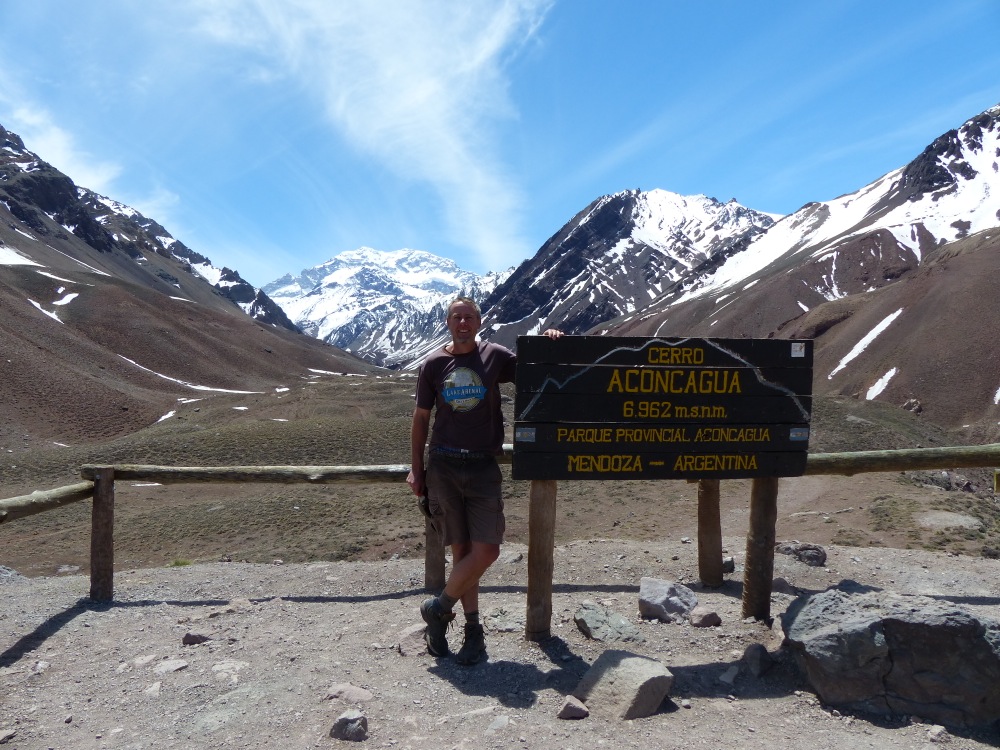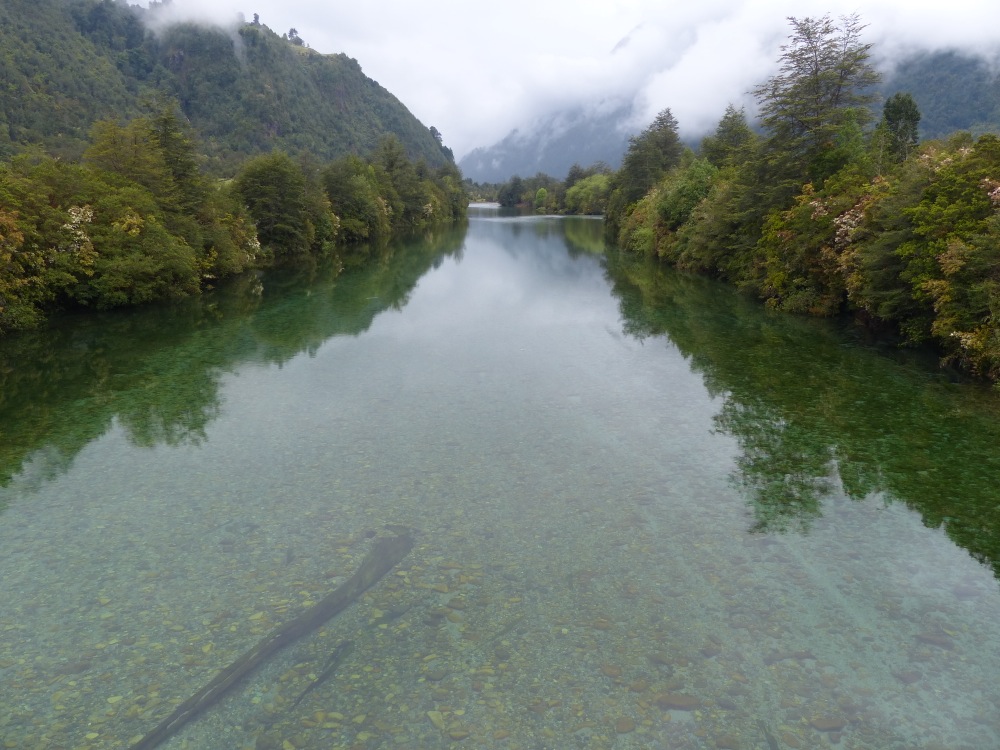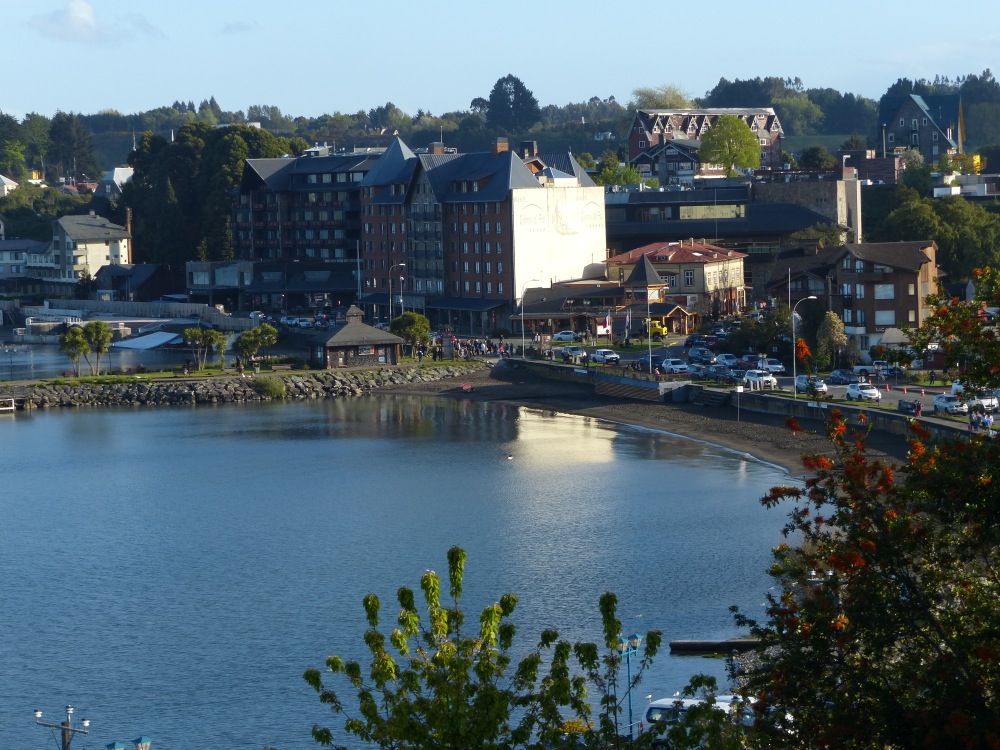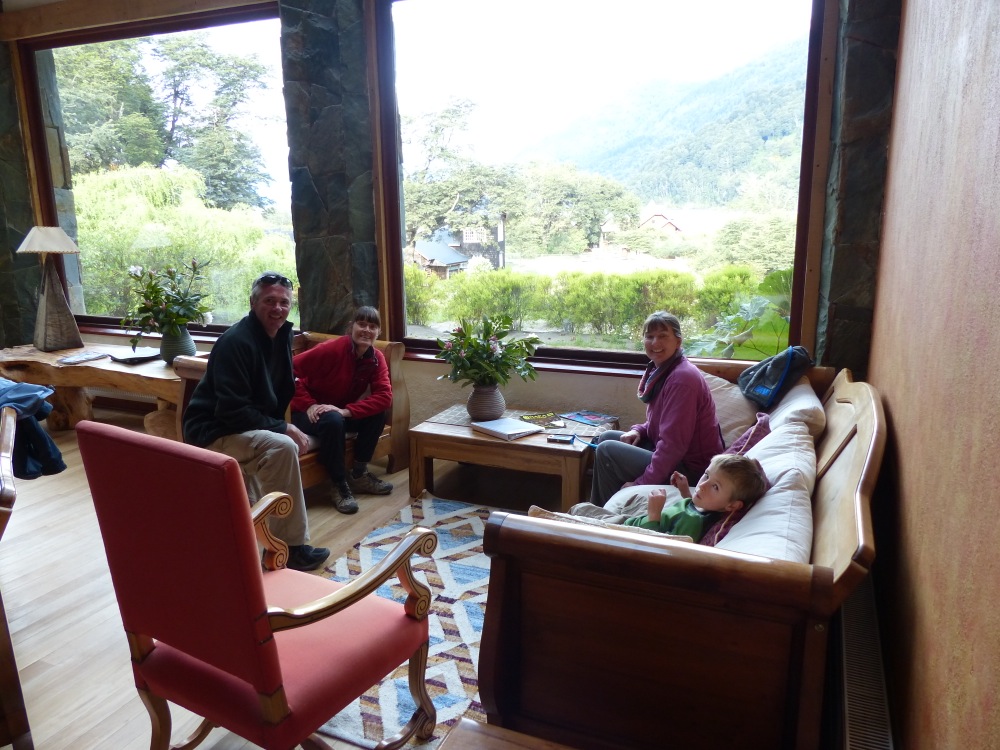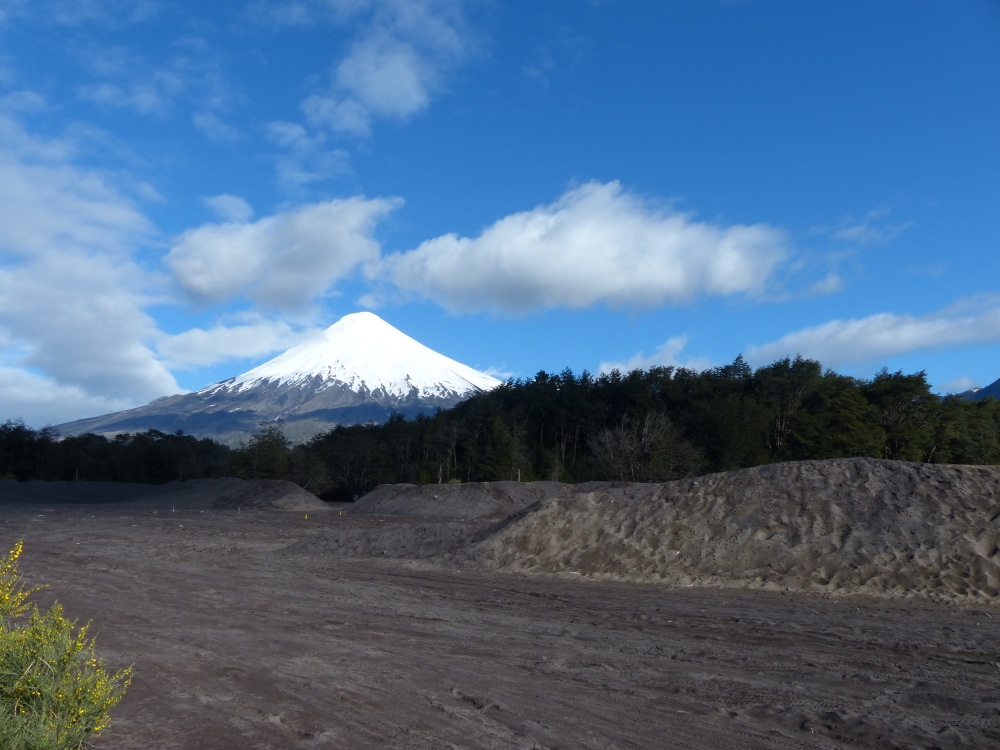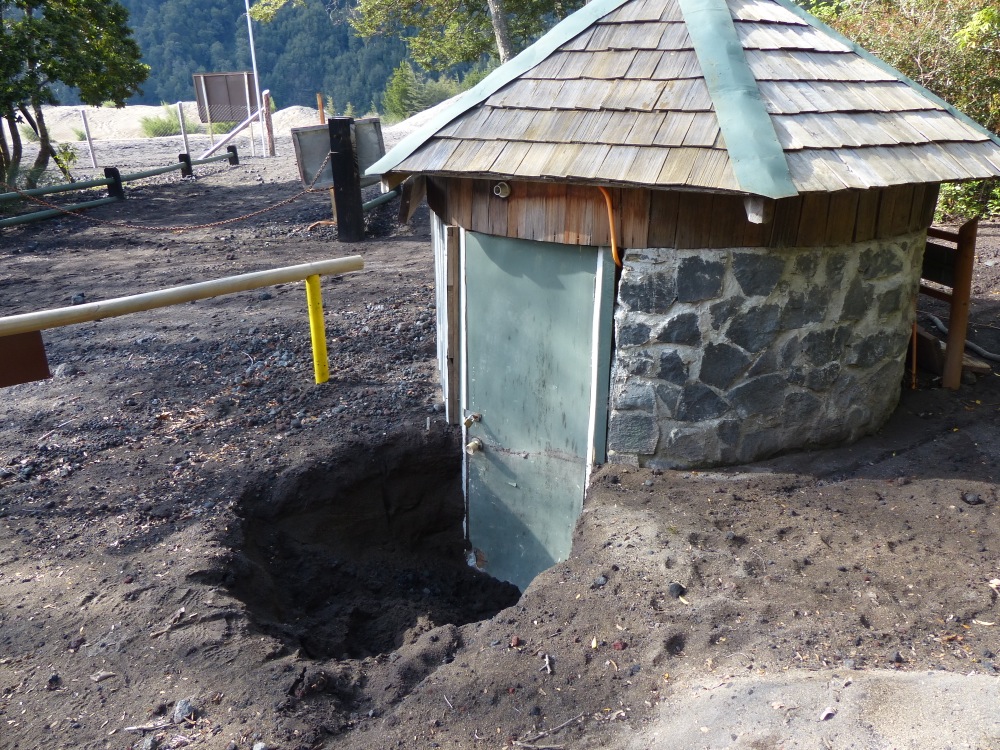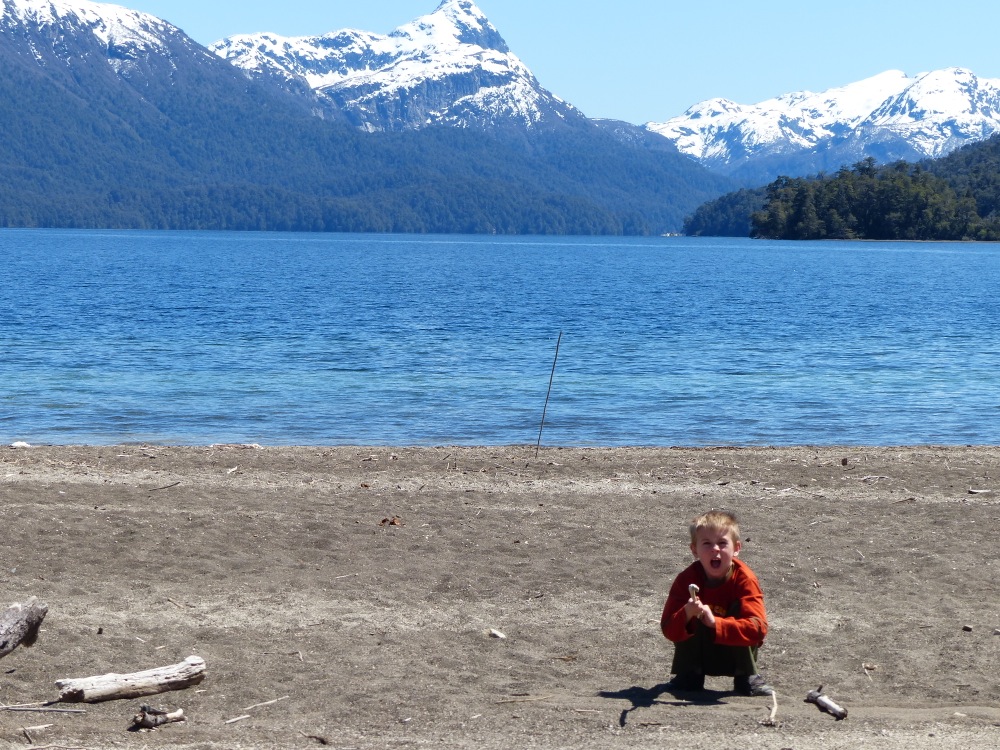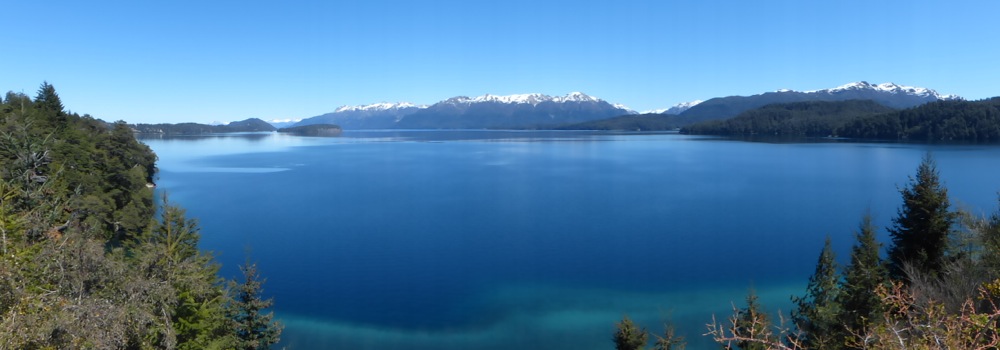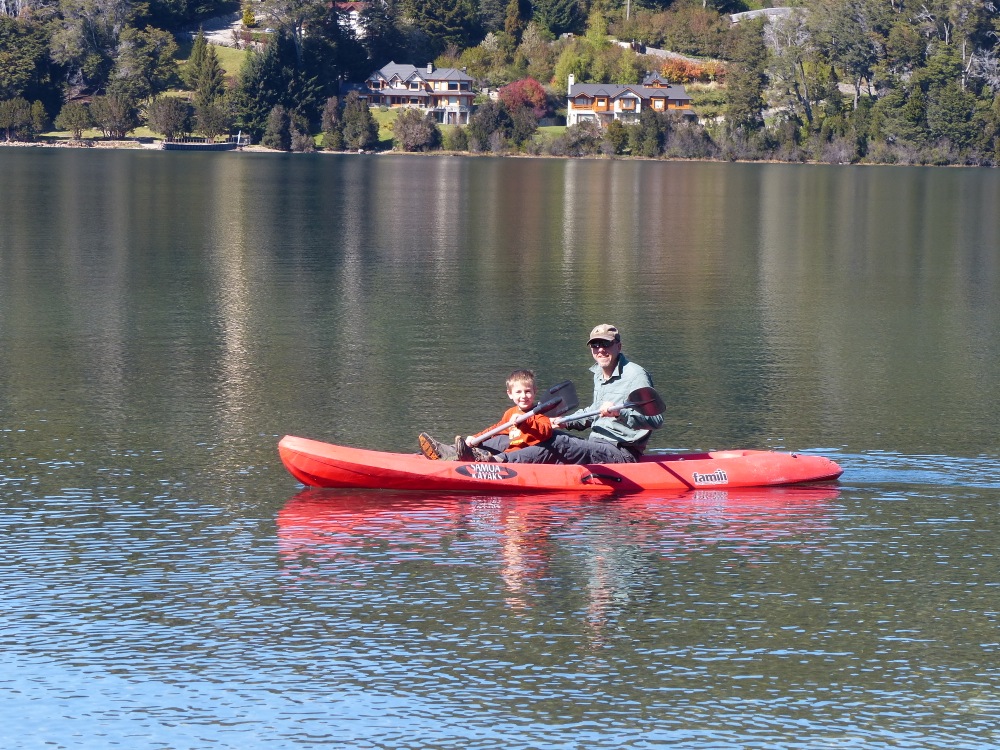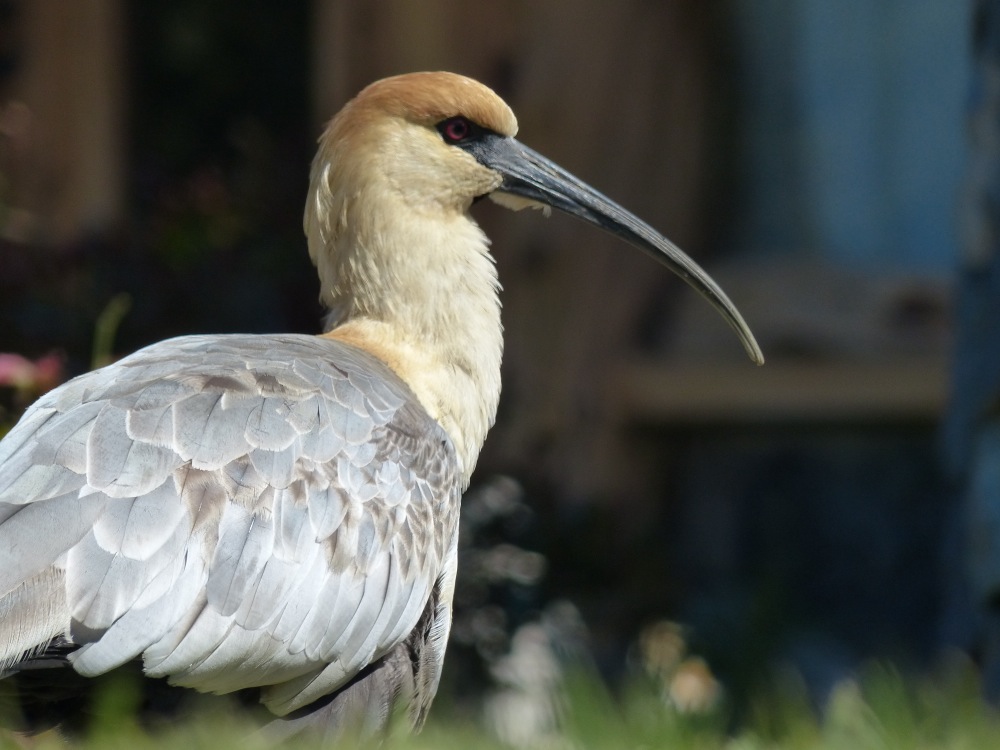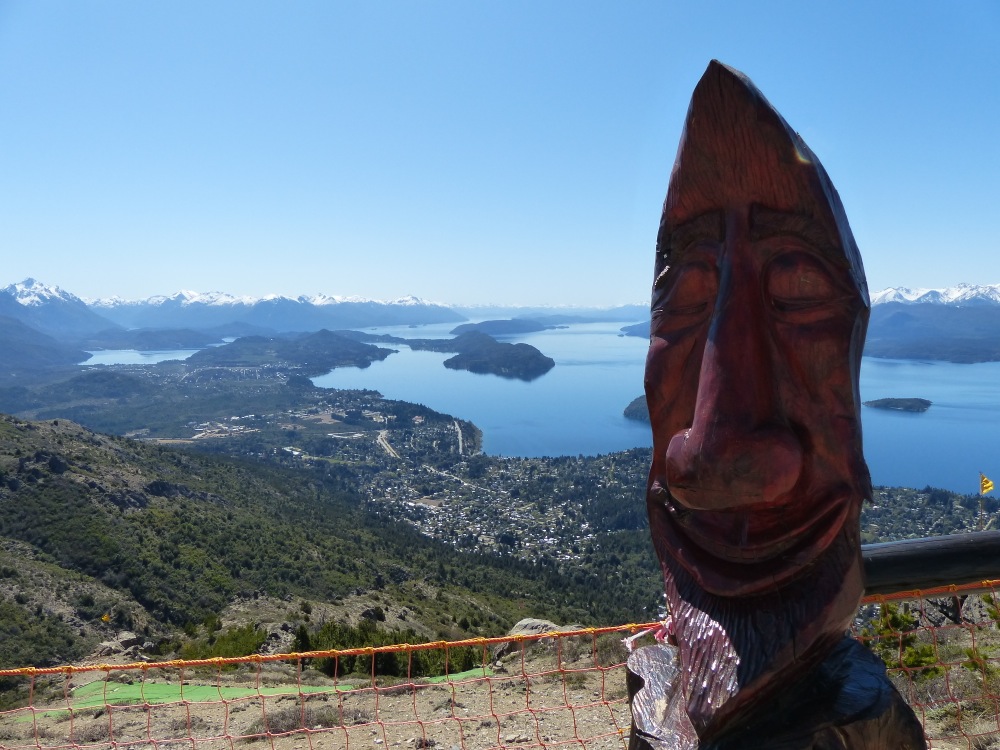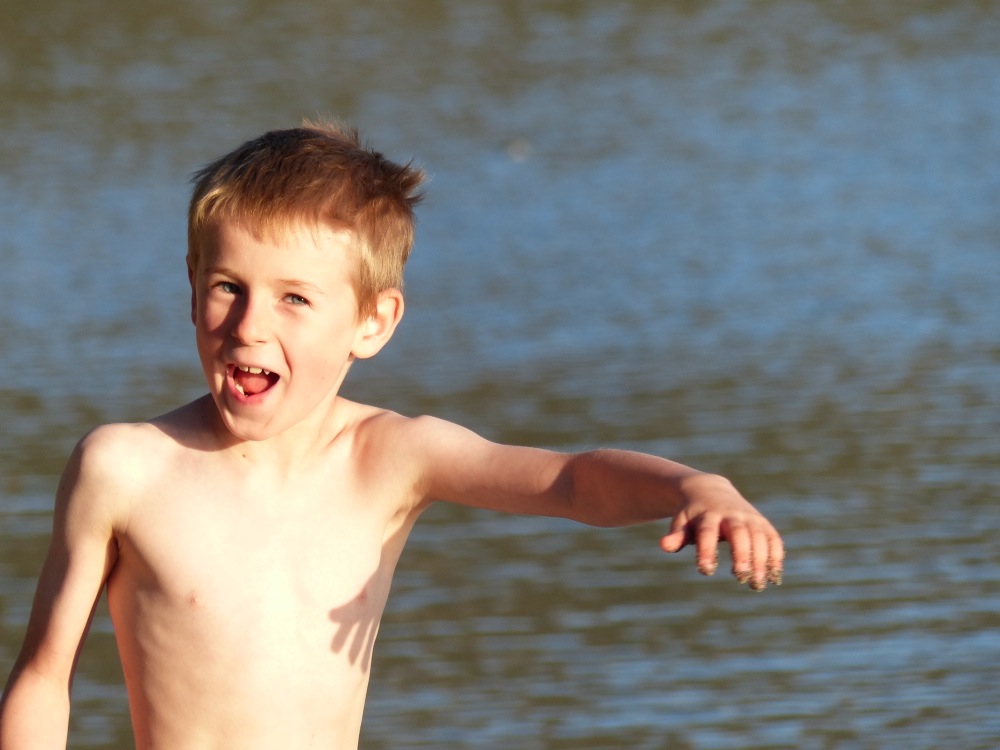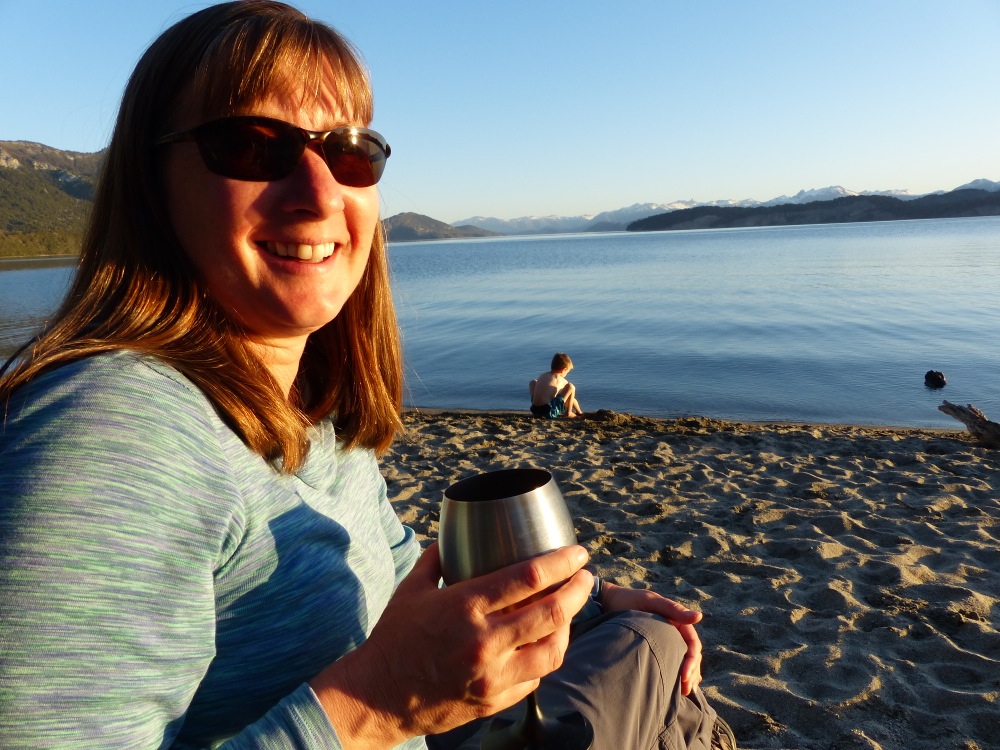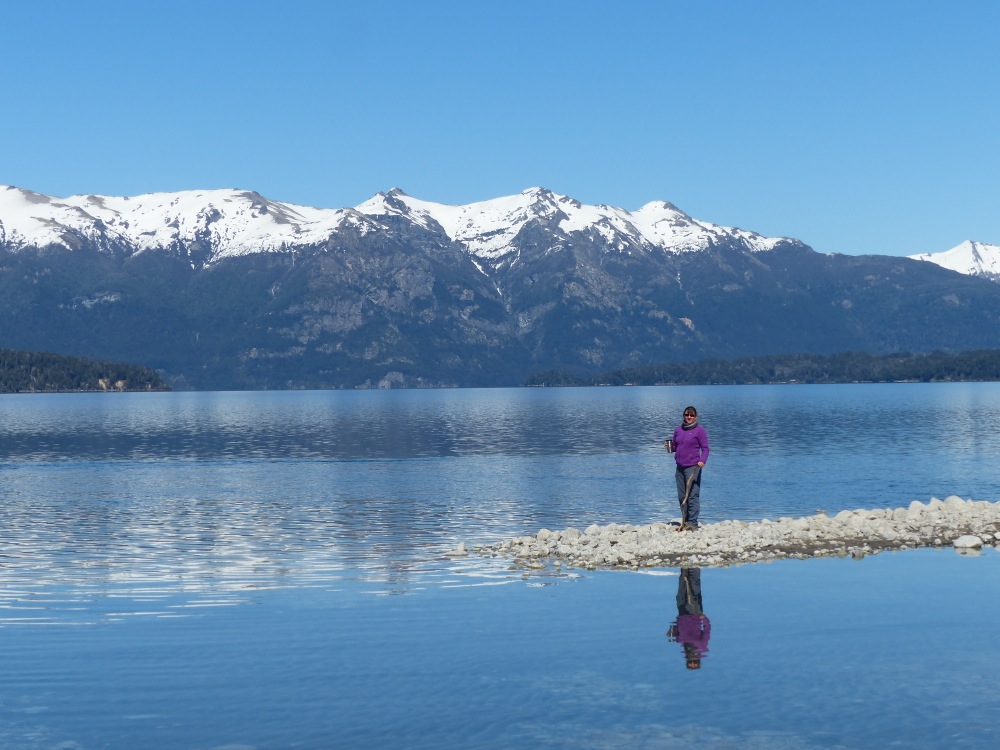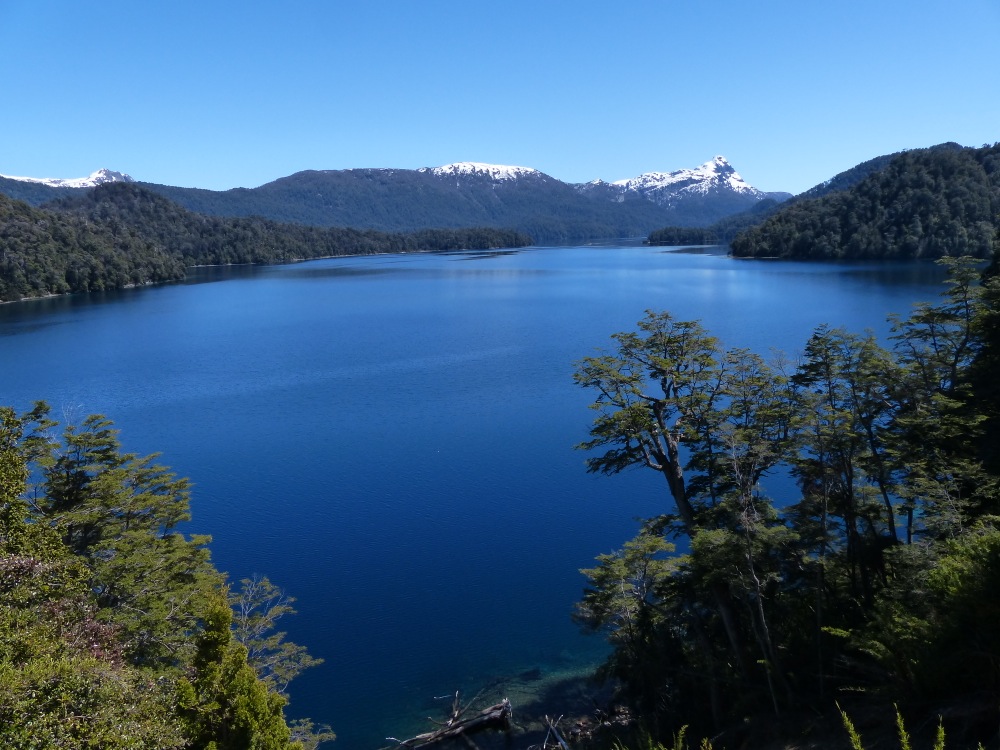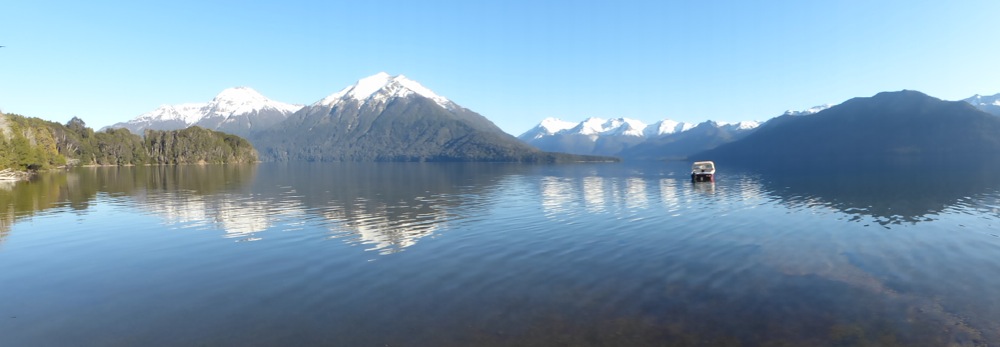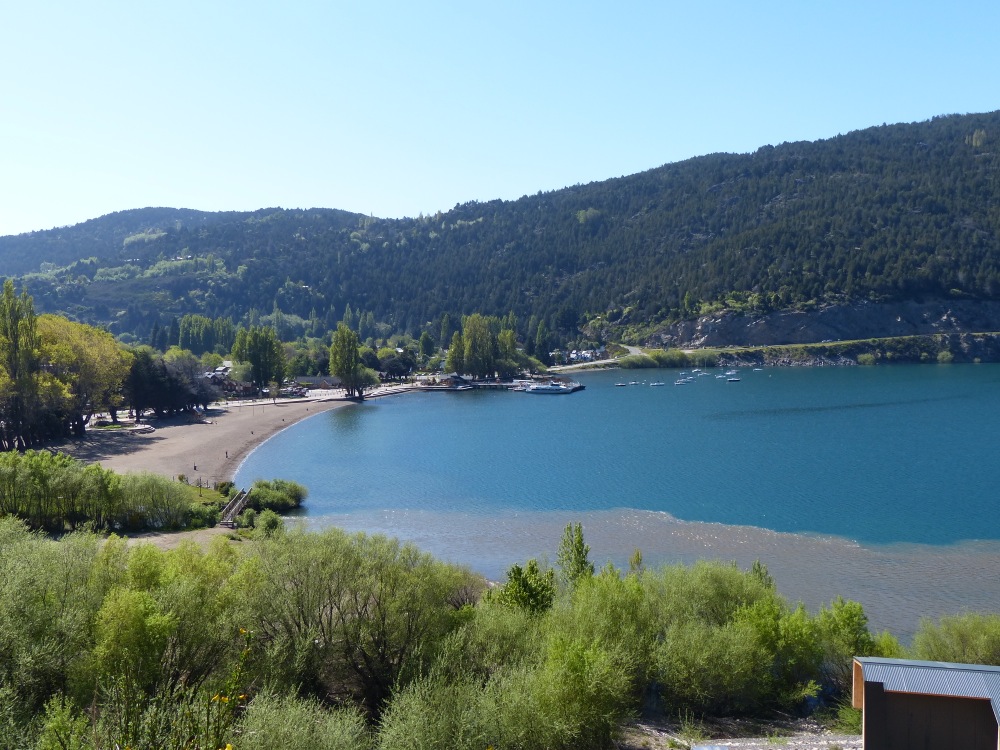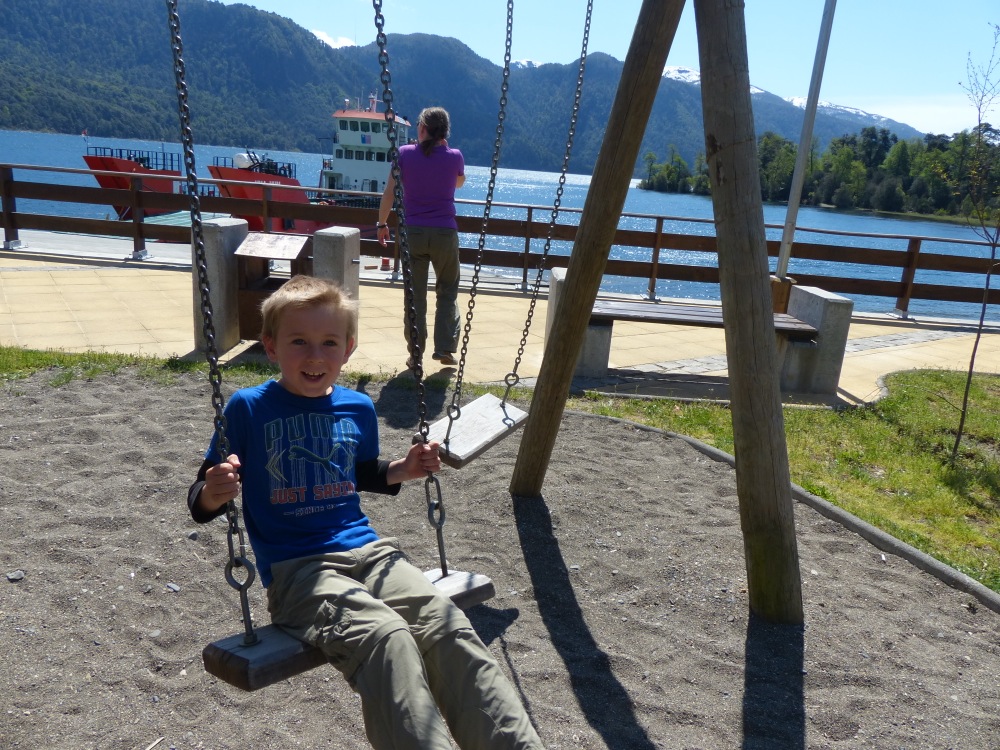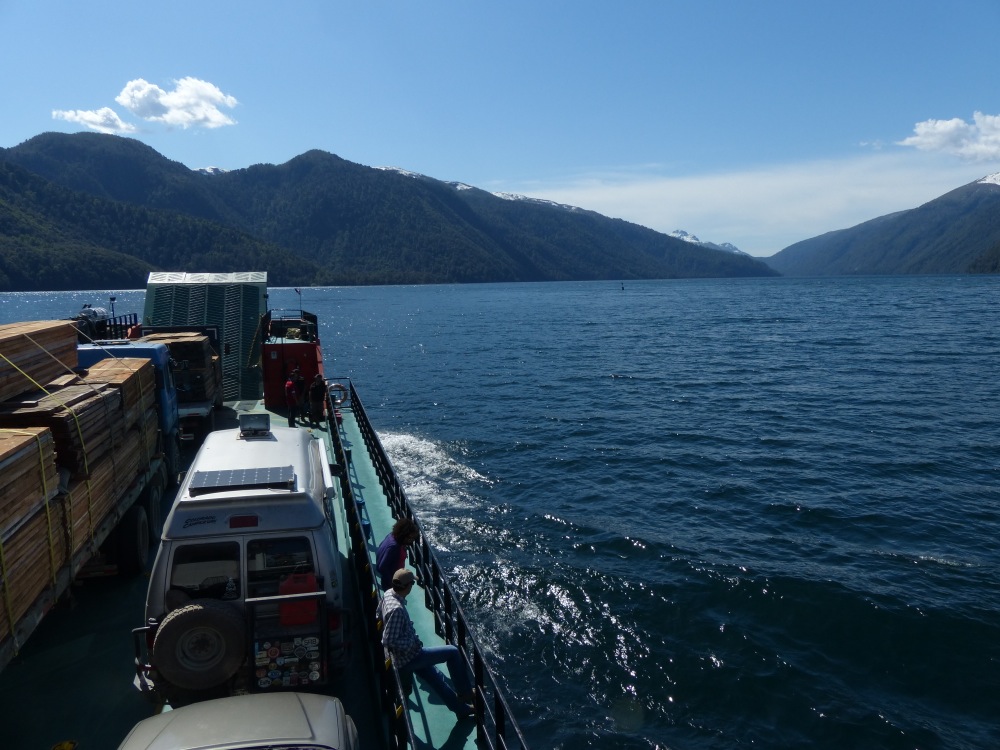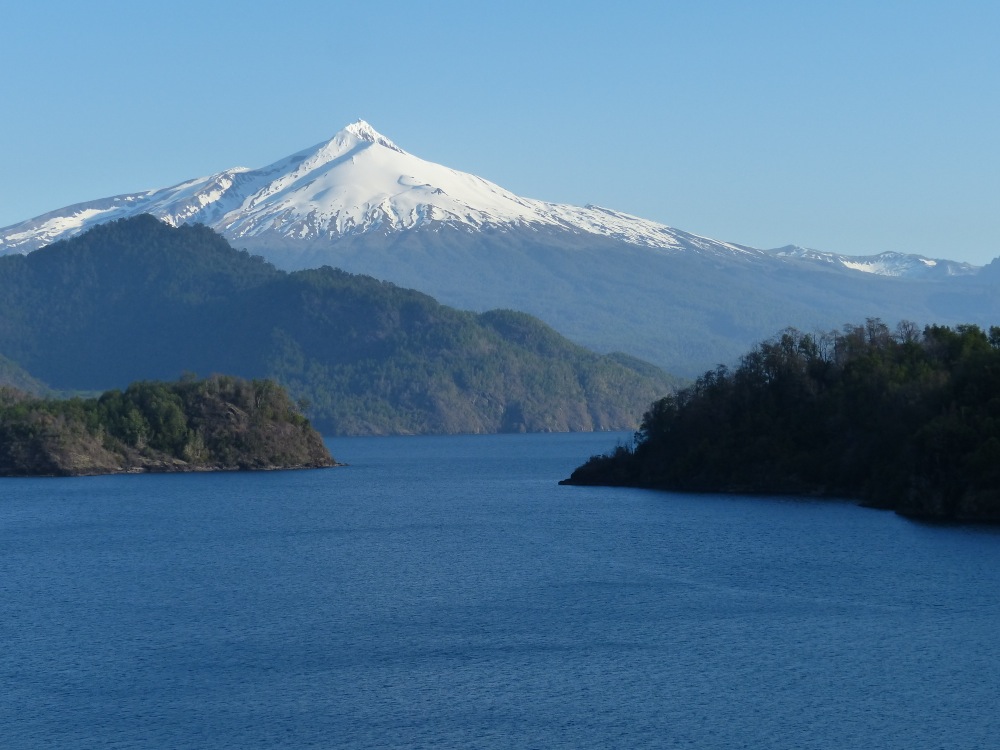Sometimes travel is all about expectations. If you go somewhere because travel websites or guidebooks talked it up and you’re expecting amazement, beware – it may not be all you’ve built it up to be!
Here are some places that for us were just the opposite – we stumbled on them because we happened to be nearby or someone mentioned them to us in passing. You probably wouldn’t fly all the way from North America or Europe to visit some of these spots, but if you’re in the area they’re worth a detour!
Salinas, Ecuador
If you Google Salinas, Ecuador, you’ll get images of a seaside resort city billed as the “ultimate retirement destination.” I’m sure it’s nice there, but that’s not the place that I’m talking about. Search instead for “Salinas de Bolivar” or “Salinas de Guaranda” and you’ll find a tiny hamlet nestled in the highlands of Central Ecuador.
Many of the locals here work in cooperatives making cheese, chocolate, and salami. There are no campgrounds in town, so we camped in the parking lot of the cheese factory, and the next morning saw the farmers from the surrounding countryside delivering milk jugs strapped to donkeys and llamas. The factory offered a variety of yummy European-style cheeses. Some have even dubbed this town “The Cheese Capitol of Ecuador“.
Chocolate is also made in Salinas, and we stocked up on several bars of dark chocolate for about half the normal price.
Instead of going back the way we came, we continued on the dirt road as it climbed higher into the Andes, eventually crossing Highway 491 to enter Chimborazo National Park. This was a pretty drive, even though it was an overcast day. On a clear day the views of the volcano would be spectacular.
Villa de Leyva, Colombia
Located a few hours from Bogota, Villa de Leyva is a popular weekend destination for people from that city. With a sunny, cool high altitude climate and lots of nearby attractions including hiking in a nearby national park, mountain biking the back roads of the valley, and several cultural and paleontology attractions, Villa de Leyva is a great place to unwind for a day or a month.

Villa de Leyva is set in a rural valley, surrounded by mountains with great hiking as well as cultural attractions.
The Salt Cathedral — Zipaquirá, Colombia
This mine has been actively exploited since pre-Columbian times, and is still in production today using modern automated techniques to extract salt from the underground rock structure. In colonial times the work was done using traditional methods, and miners began carving altars and crosses out of the rock to help increase their likelihood of surviving this dangerous occupation.
Over time these carvings became more and more elaborate, and eventually evolved into the tourist attraction that it is today. The underground setting is spectacular, and the lighting makes the whole thing a stunning underground tour.
Colonia, Uruguay
Just across the river from Buenos Aires, Uruguay is like a diamond in the rough. High fuel prices and an apparent relative lack of corruption mean the highway quality is consistently top-notch.
The town of Colonia is a great place to visit for a day or two. A well-preserved walled city in the center features shady, cobbled streets, waterfront restaurants and lots of museums. It’s the kind of place that invites an afternoon of strolling the streets taking in the sights and wondering at the inexplicable derelict cars from the fifties and sixties that dot the roadways.
Urubici, Brazil
We spent a few rainy days here, and enjoyed ourselves none the less. Located in the highlands, this region is one of the few parts of Brazil that receives snow in winter, and people visit here just to have a one-in-a-lifetime chance of seeing the white stuff, even if it is just an inch or two of heavy wet snow.
Even if folks from the US, Canada, and Europe might scoff at the snow, Urubici is still worth visiting for its great hiking in beautiful scenery.
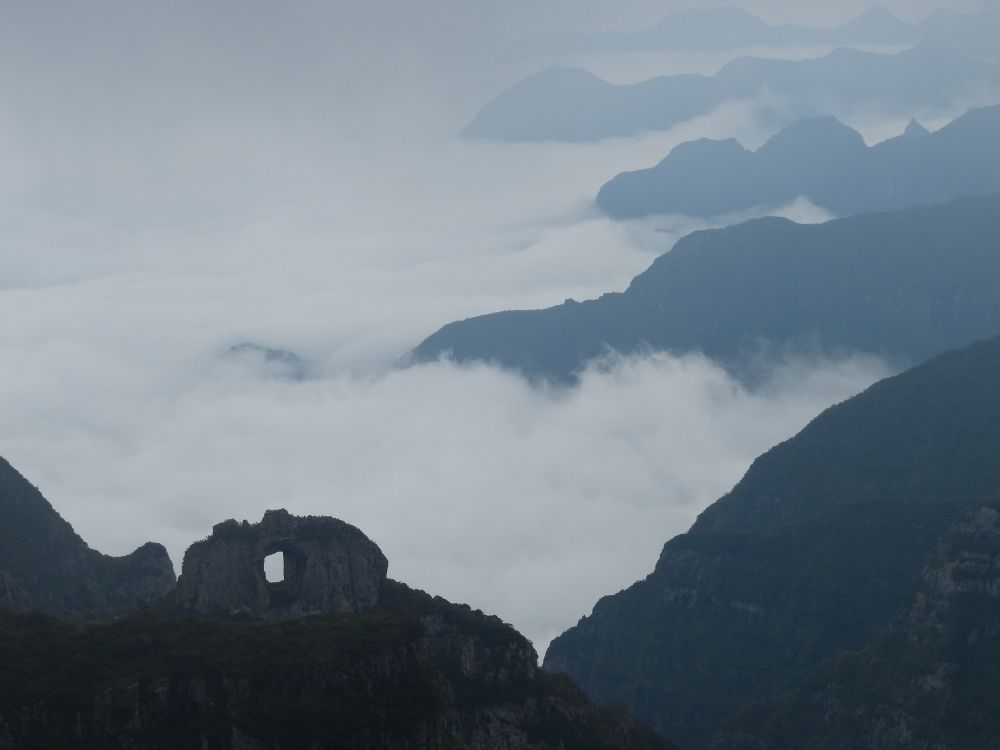
This overlook is near the highest point in Brazil. It was foggy and overcast, but beautiful nonetheless.
San Martin de Los Andes, Argentina
This was one of those places that just felt like home to us. Located in the mountains of Central Patagonia along the Argentina’s famous Ruta 40, San Martin, according to locals, is what Bariloche was 30 years ago.
With a ski area nearby, hiking trails, and judging by the number of bikes for sale, lots of mountain biking, San Martin would be on our short list of places to visit again.
The Carretera Austral, Chile
Stretching 770 miles through rural Patagonia, this mostly unpaved route passes through some of the most picturesque scenery found anywhere. The area is remote and very sparsely populated with farmers and ranchers who must be largely self-sufficient due to the long travel times in the area. There are fantastic camping opportunities everywhere, and numerous hikes access alpine lakes and glaciers.
The area is also known for as a world-class fly fishing destination, and an handful of high-end lodges cater to foreigners on fishing holidays.
If you go, budget at least 10 days to explore this amazing region!
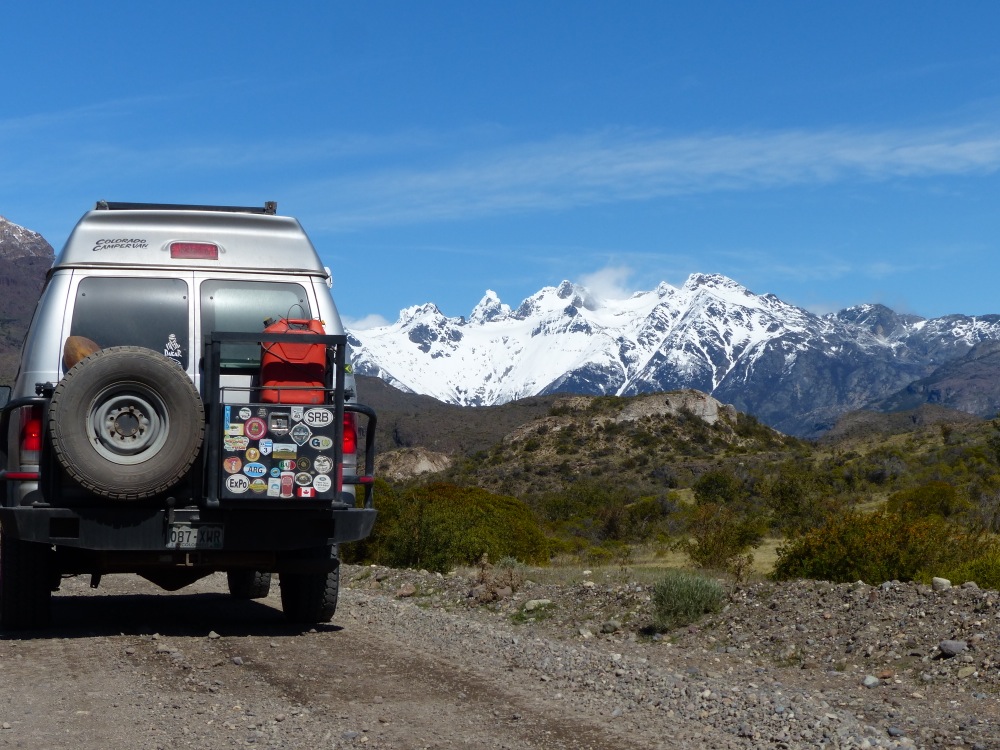
Between the rough roads and the nonstop photo opportunities, progress was slow, but it gave us time to enjoy the amazing scenery.
Trinidade Beach, Brazil
We originally planned this as a one or two night stopover, but between the beautiful beach and enjoying time with our friends from Adventure Trio, it quickly stretched into four days.
We believe that this section of Brazil’s coastline is littered with many more beautiful beaches, but we couldn’t pull ourselves away from this one to find out for sure.
Casa Nacional de la Moneda — Potosí, Bolivia
Potosí has been a silver mining town for hundreds of years, and it’s said that enough silver was pulled out of the mountain there to build a silver bridge all the way to Spain. Coins minted at the Potosí mint found their way to all corners of the globe.
Today co-op miners still risk their lives to pull out enough ore to support their families, but the mine’s heyday is long past. One of the best museums that we visited in South America pays tribute to that heritage. Located in the building that formerly housed the mint, the giant mule-driven silver pressing machines can still be seen. An excellent guided tour explained the regions history in detail.
This museum makes a trip to the otherwise somewhat bleak town of Potosi worthwhile.
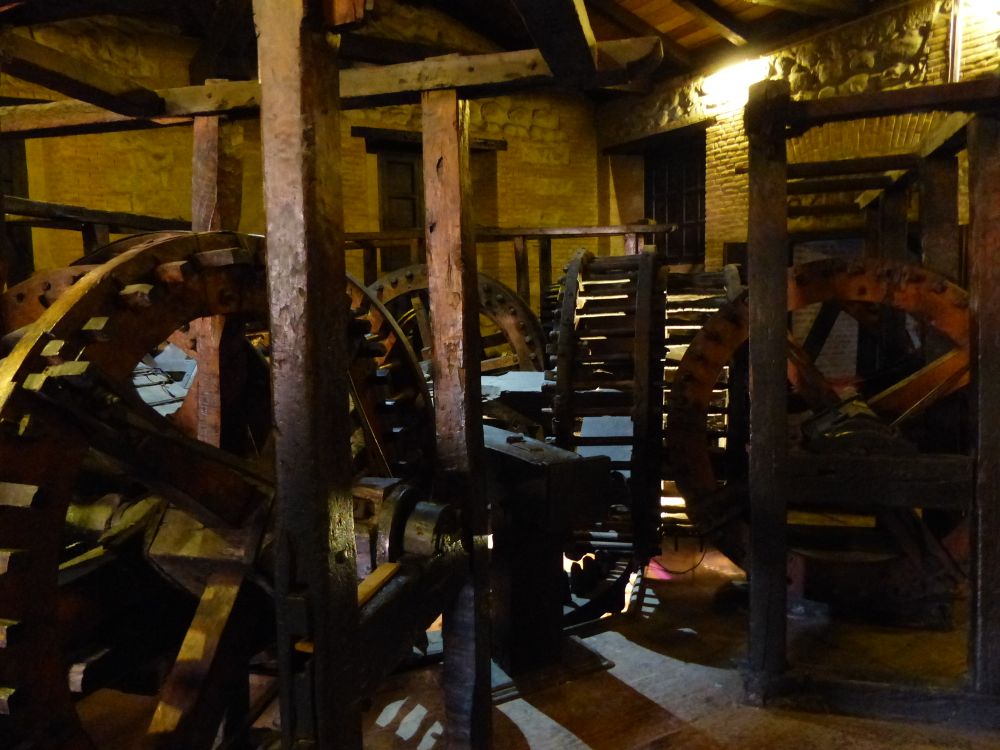
This complex wooden gearing is a mule-driven press dating back 250 years. It’s still in the same location as when it was constructed.
Parque Cretácico (Dinosaur Park) — Sucre, Bolivia
Sucre, just a few hours from Potosi, is a much nicer place to spend time. It’s the constitutional capital of Bolivia (La Paz is home to most government administrative functions) and is the source of most of the political activism in the country. With a sunny climate and markets featuring a variety of fresh foods, Sucre is a good place to relax for a few days.
Dinosaur footprints were discovered during excavation at a local cement factory just outside the city, and a museum was built to showcase this amazing find. The story goes that roughly 70 million years ago, a flat muddy plain was traversed by all types of dinosaurs, including the gigantic brontosaurus. As layers of mud covered previous tracks, new tracks were laid over the old ones. Eventually geological forces folded this plain, and today visitors can stand at the bottom of a 300 foot high vertical wall and visualize dinosaurs walking across the ancient mud flat.

